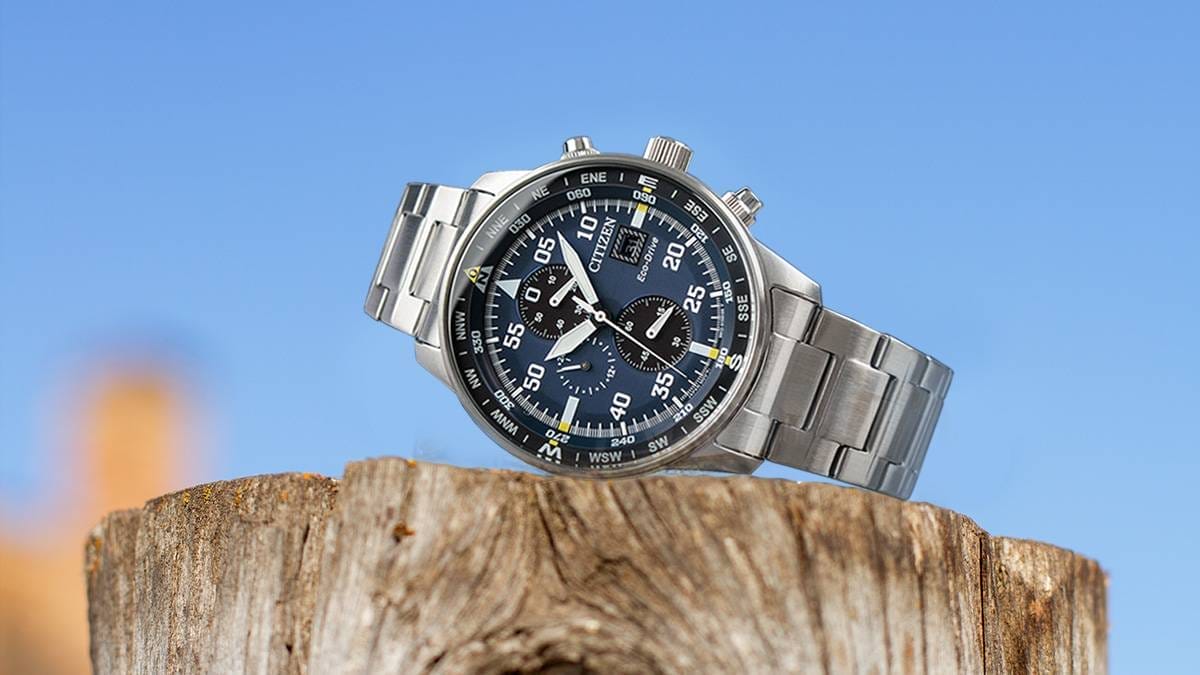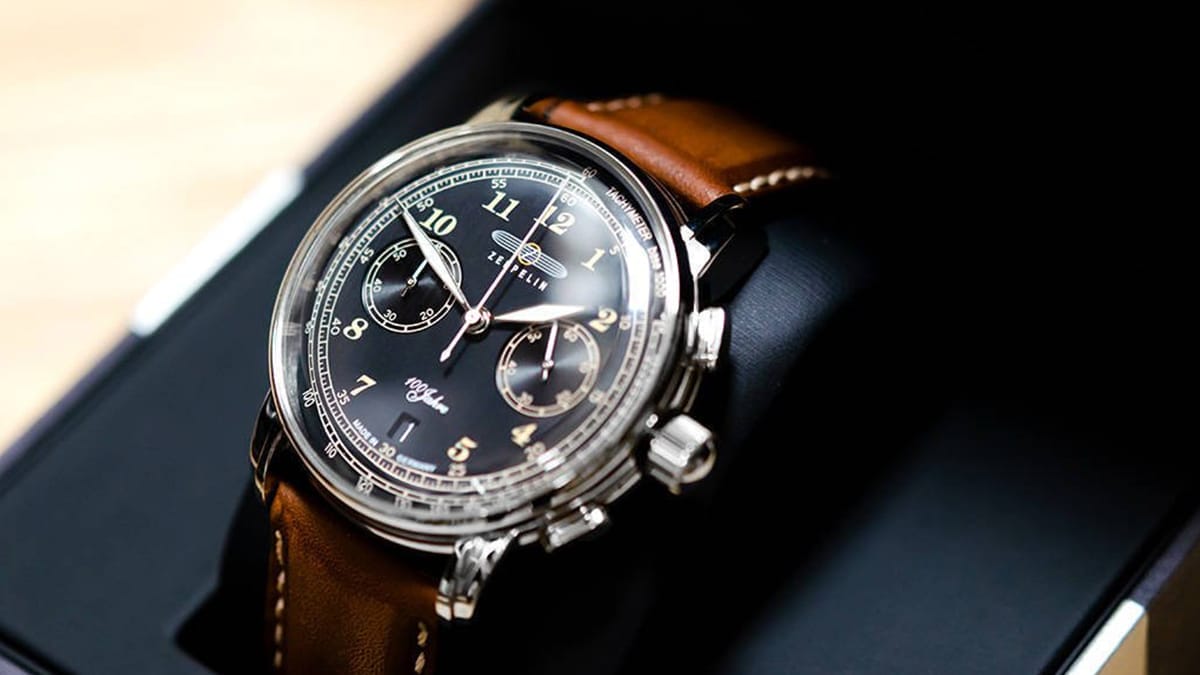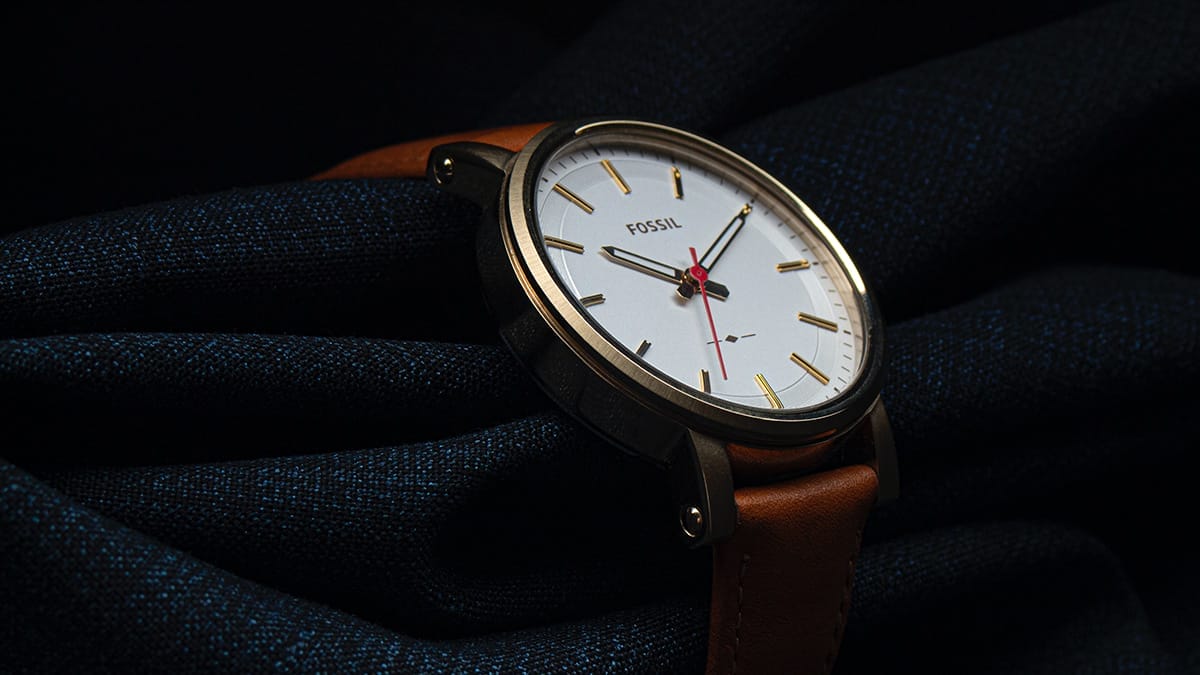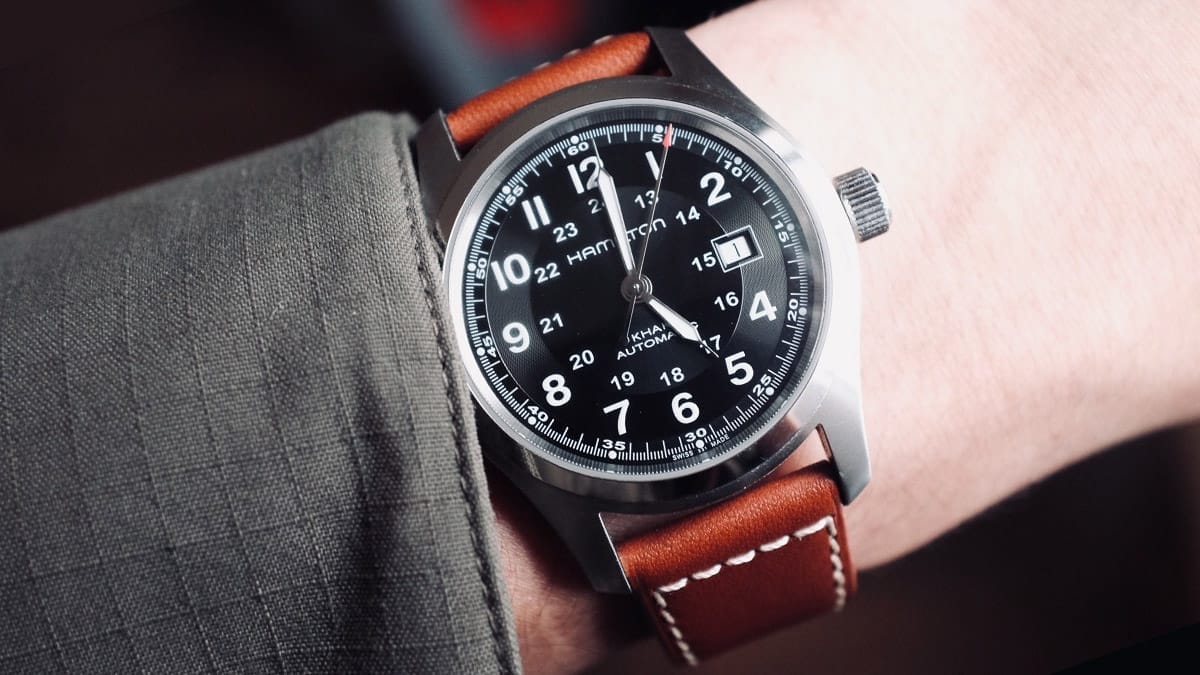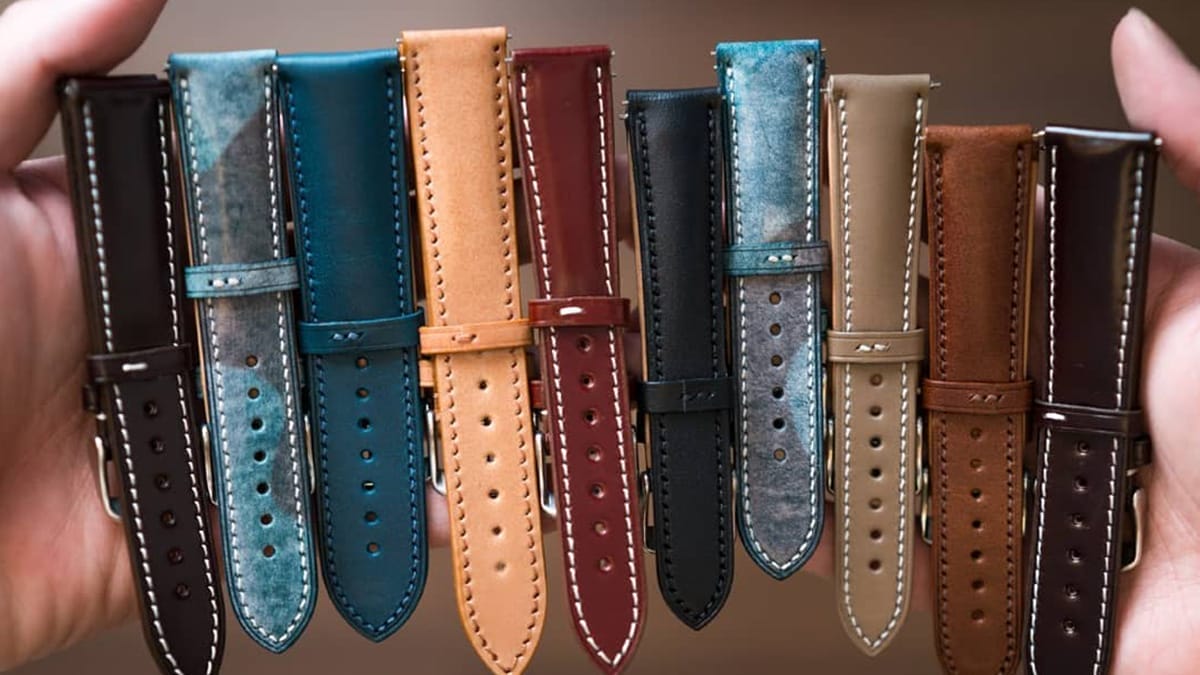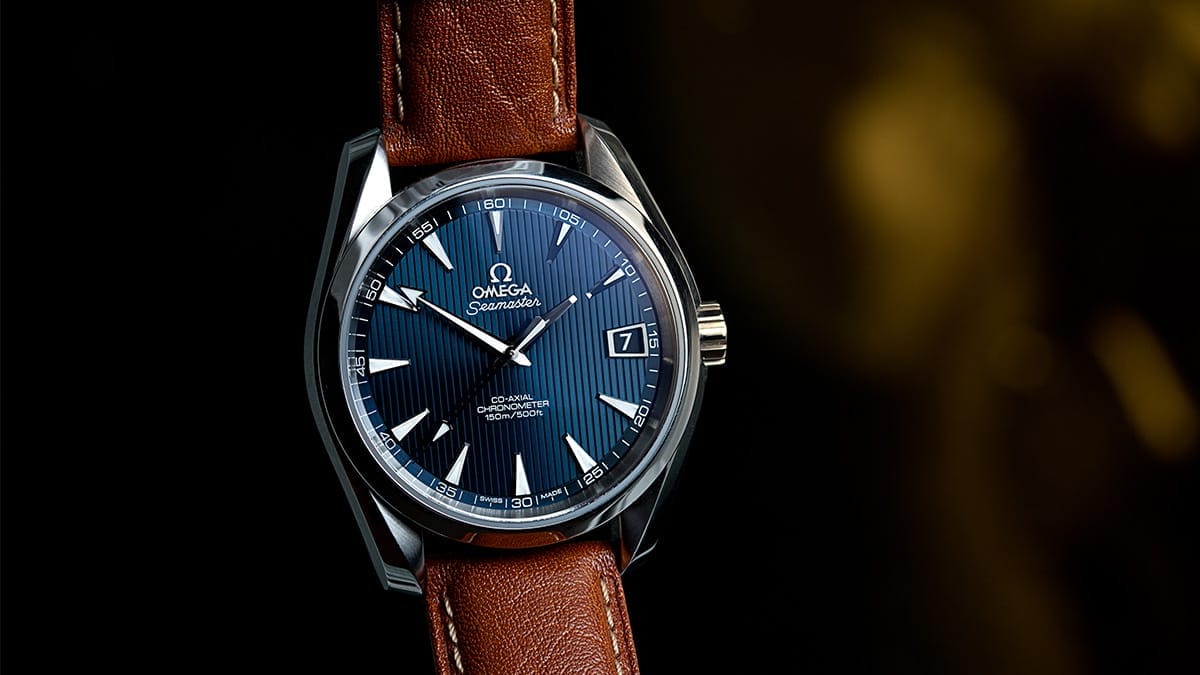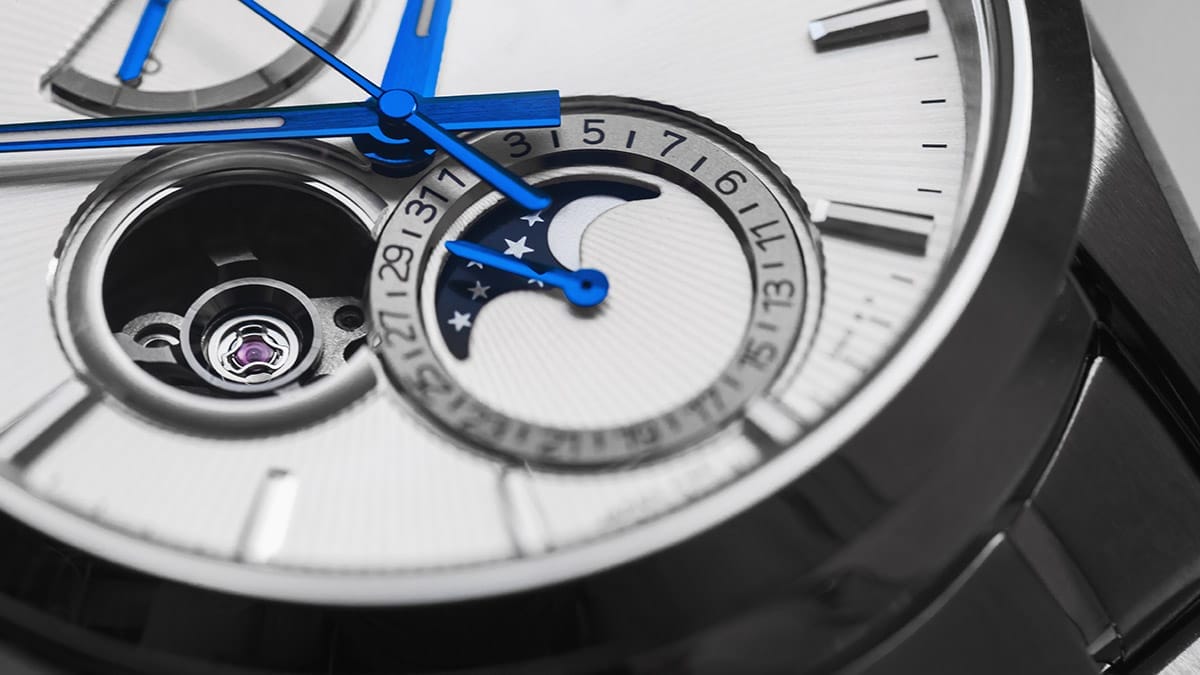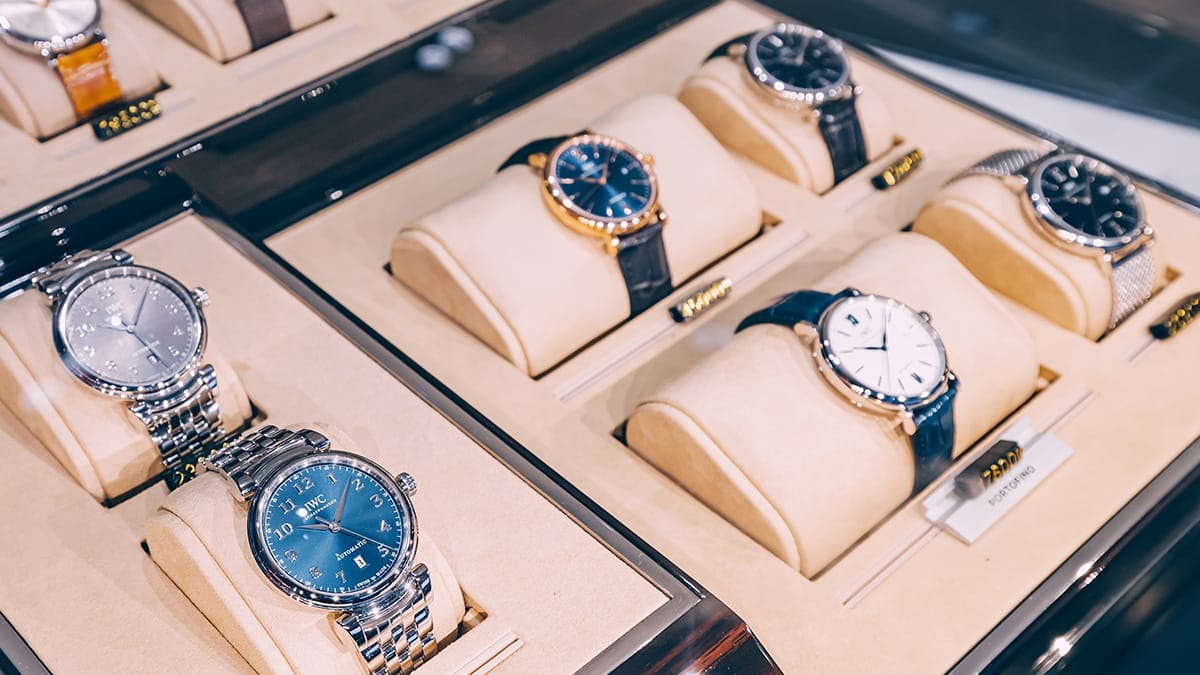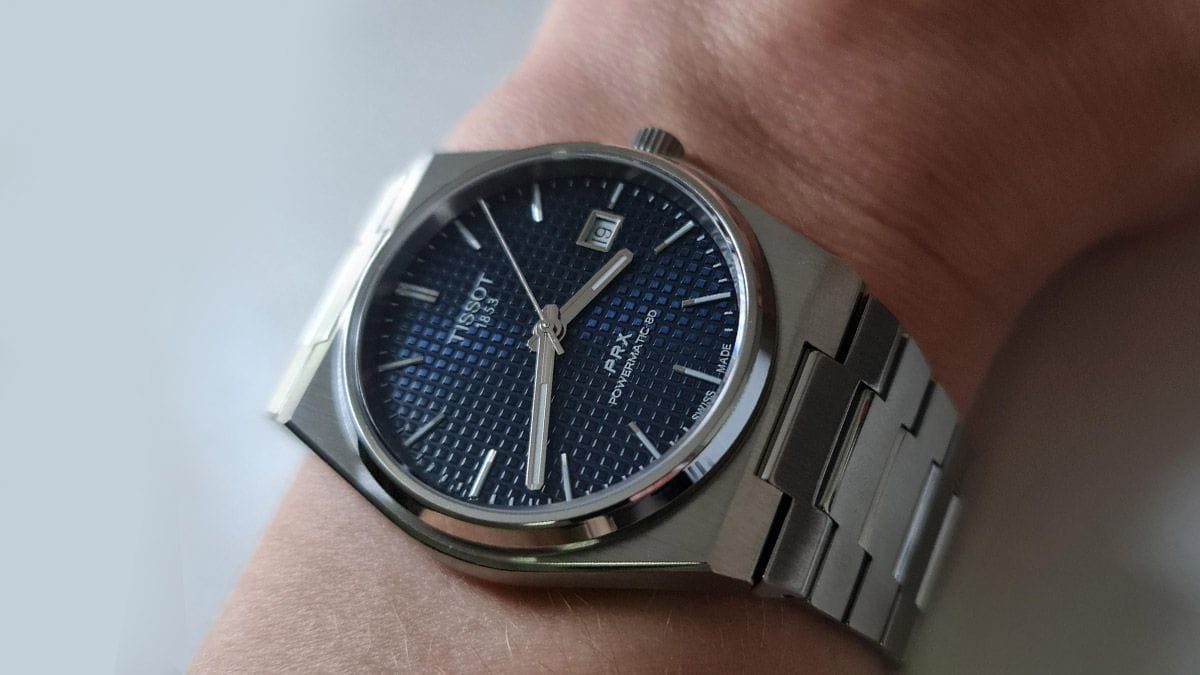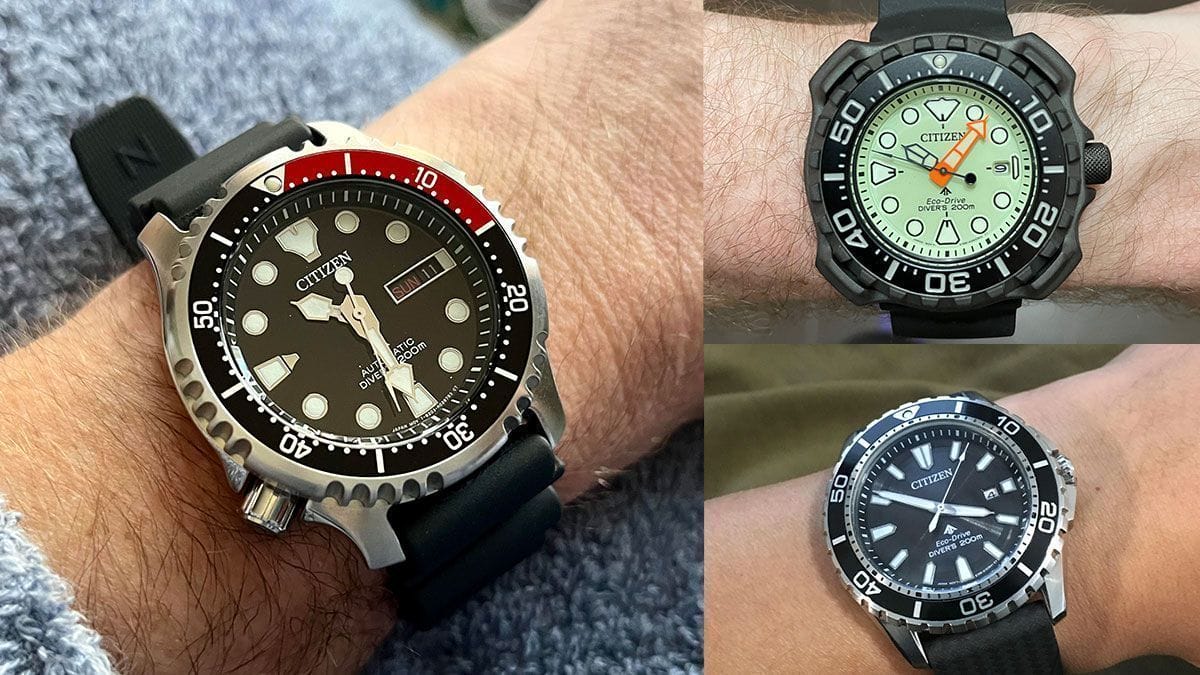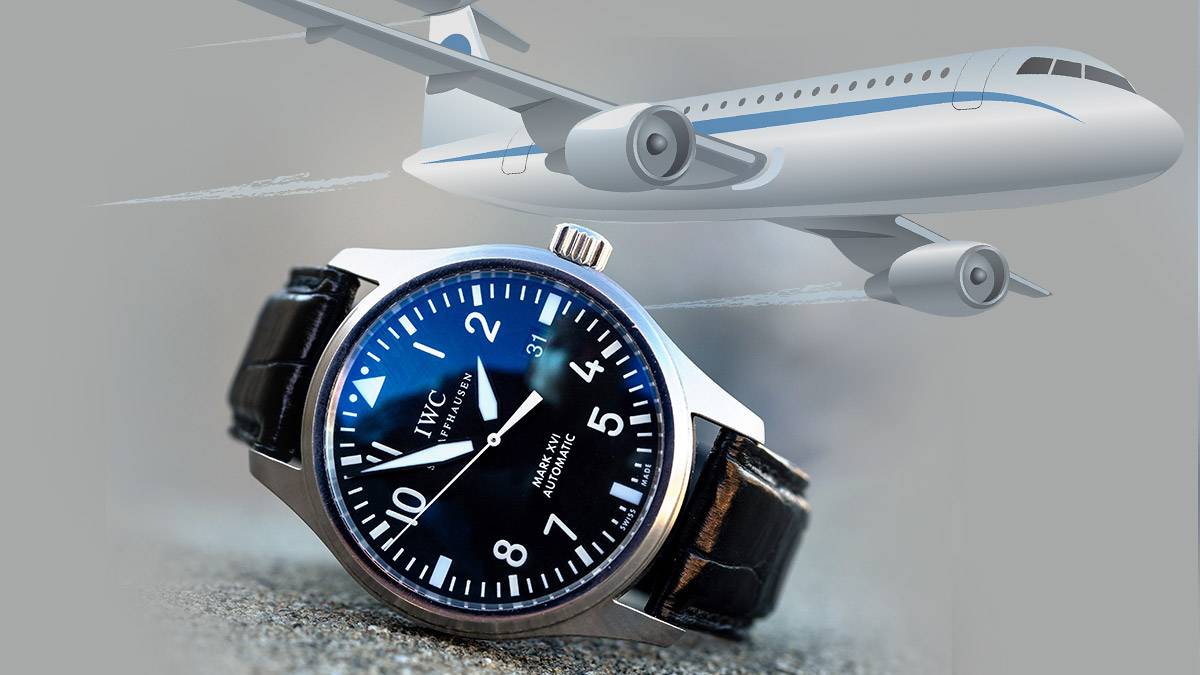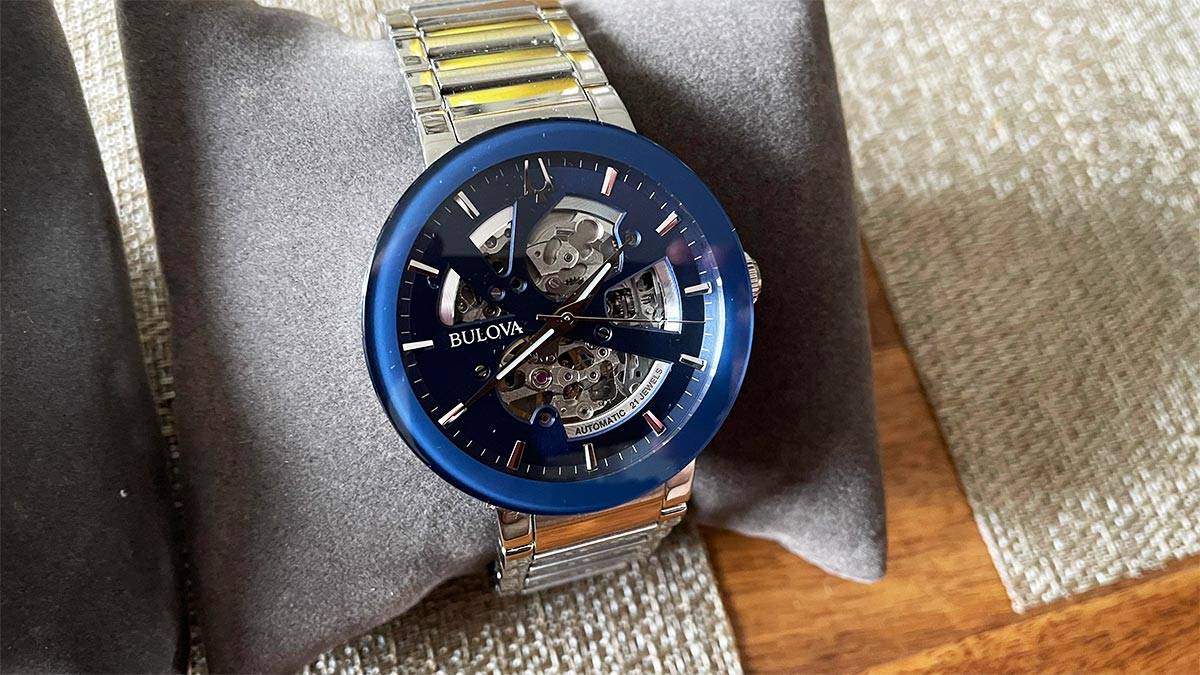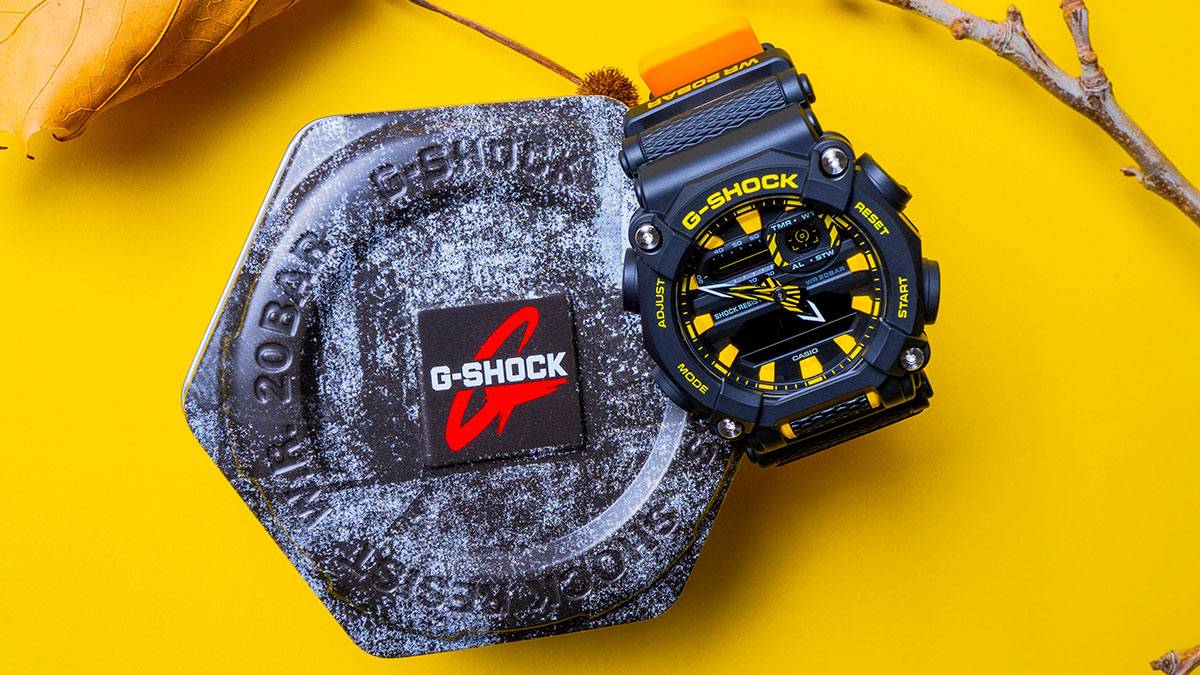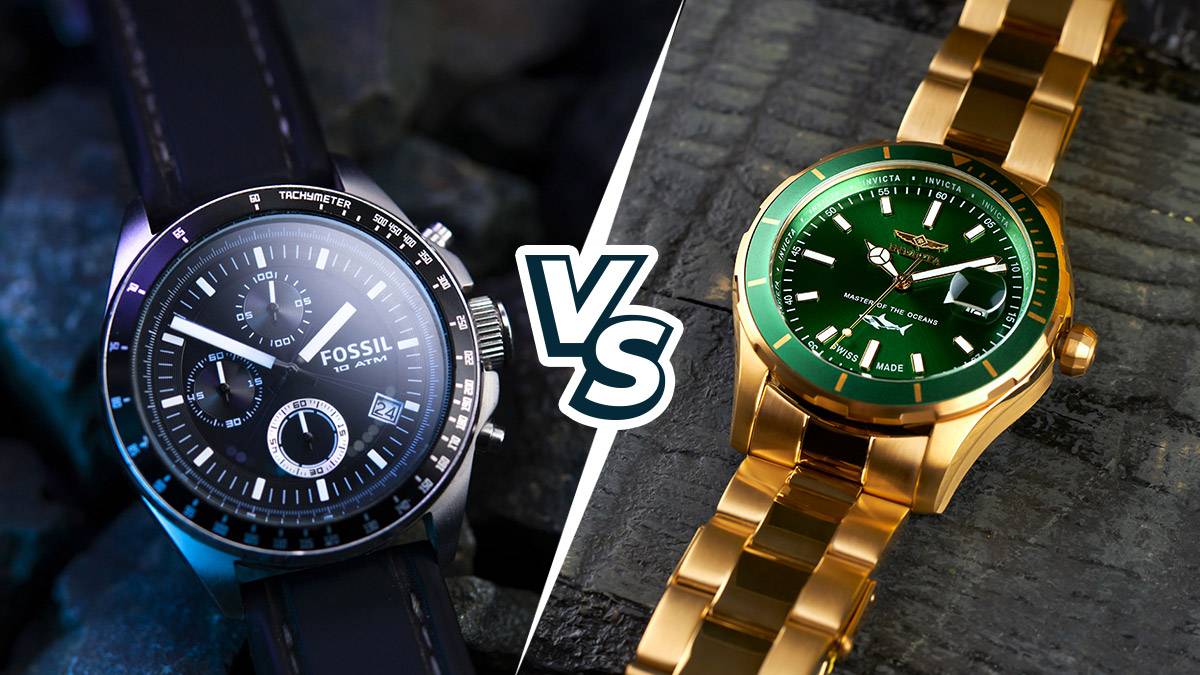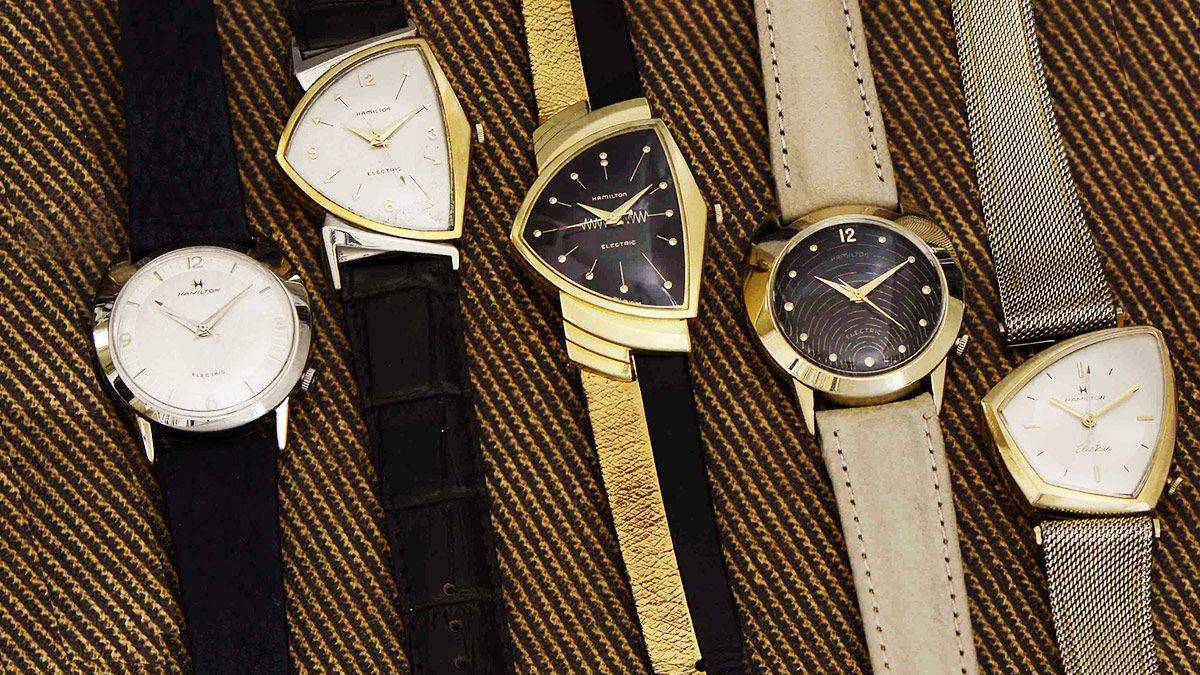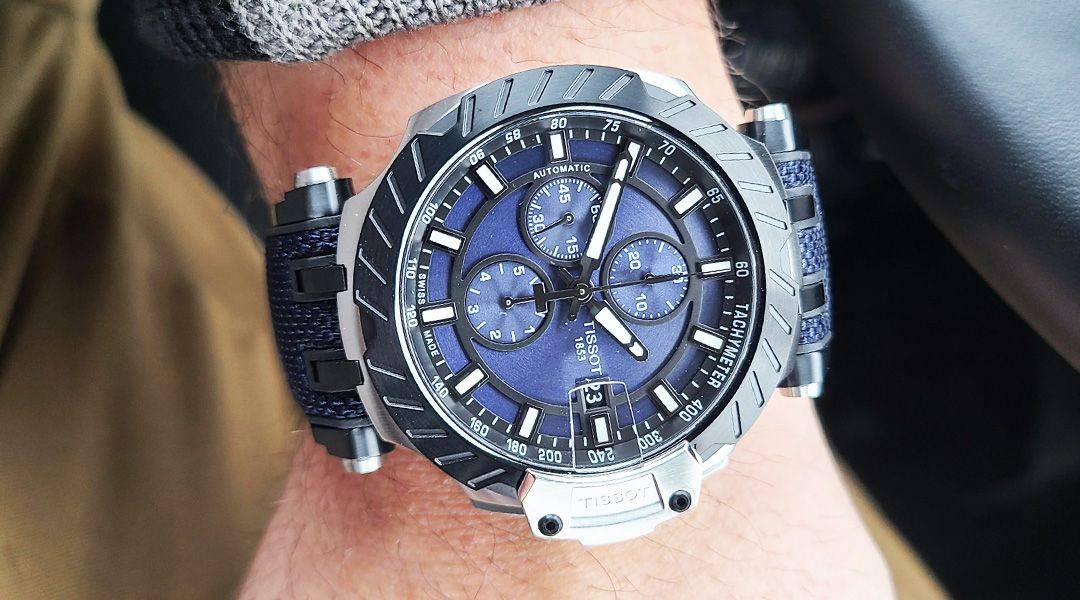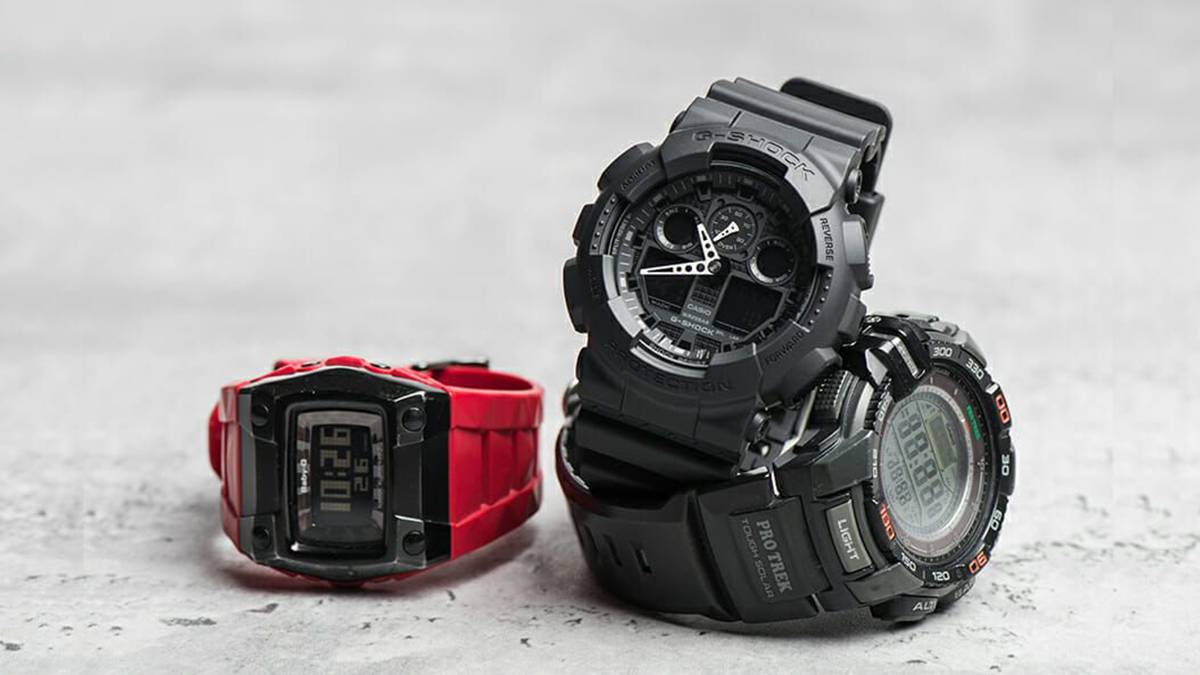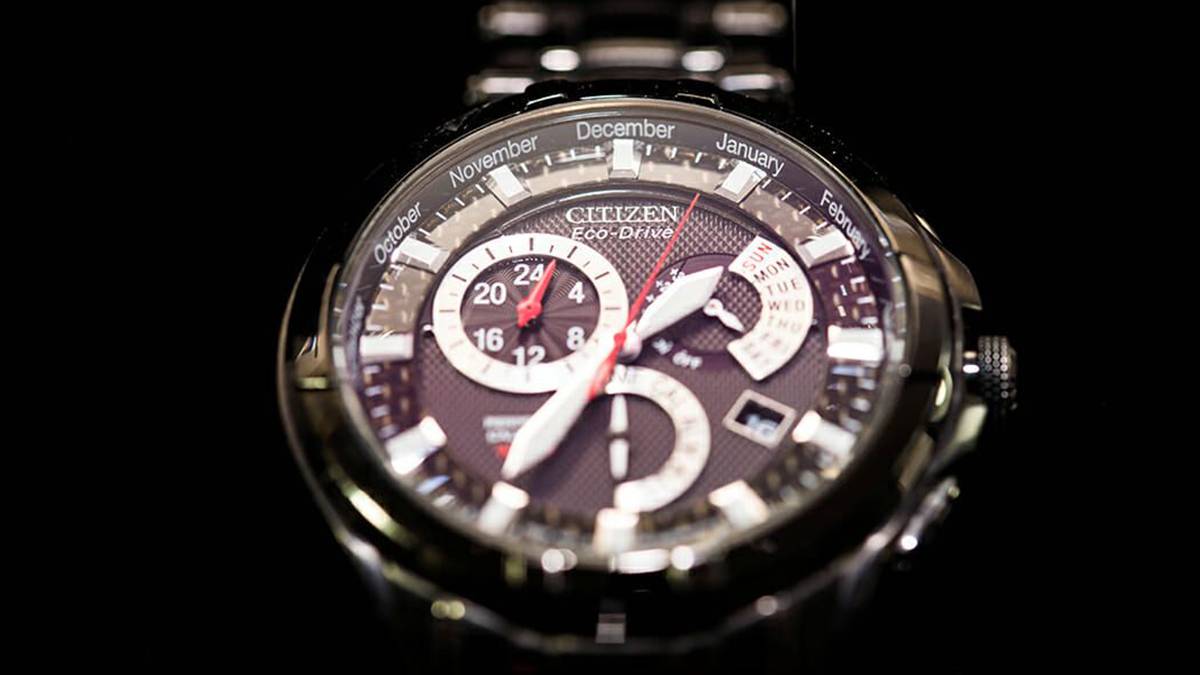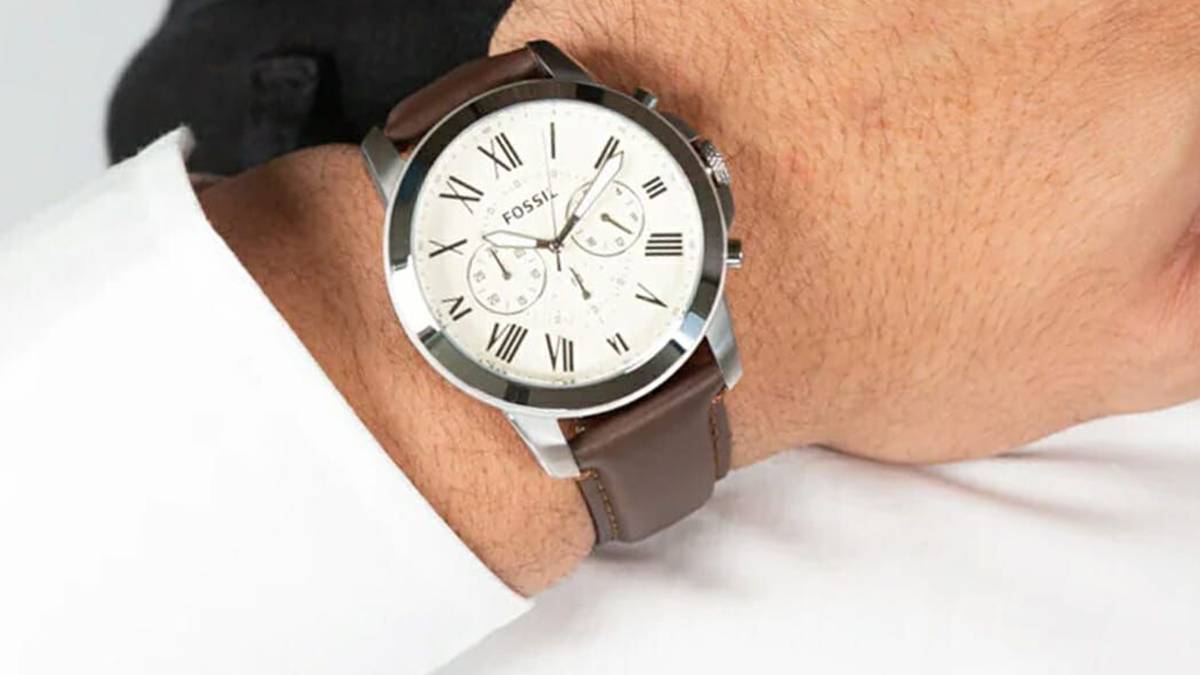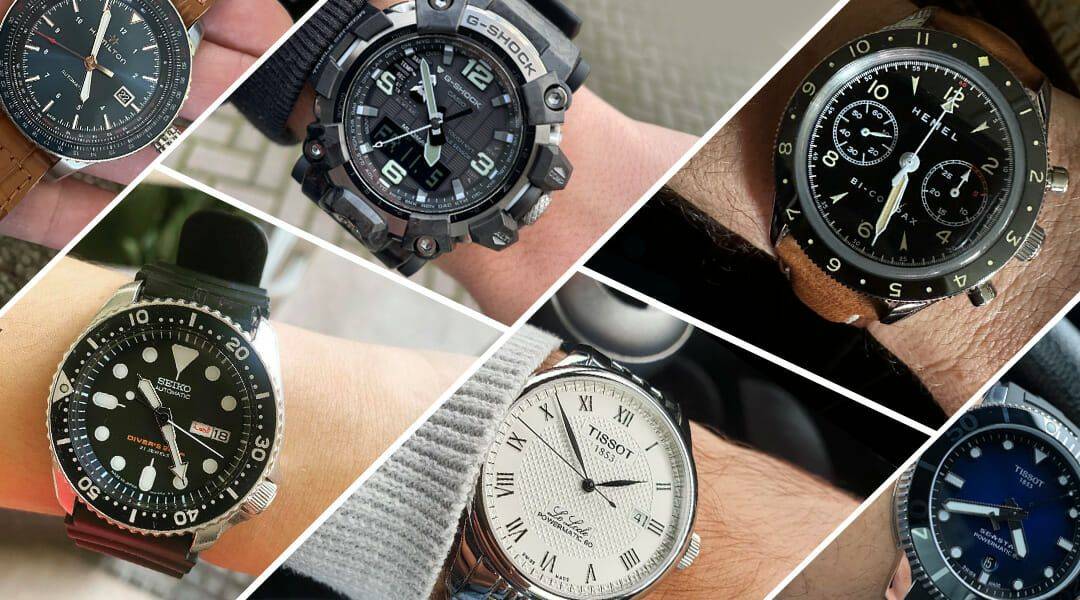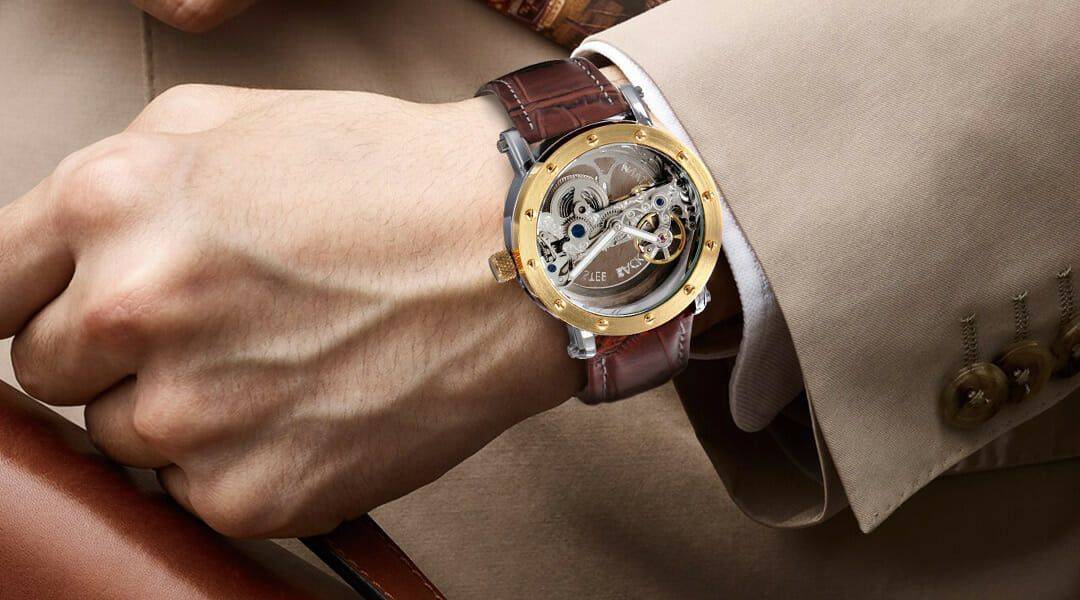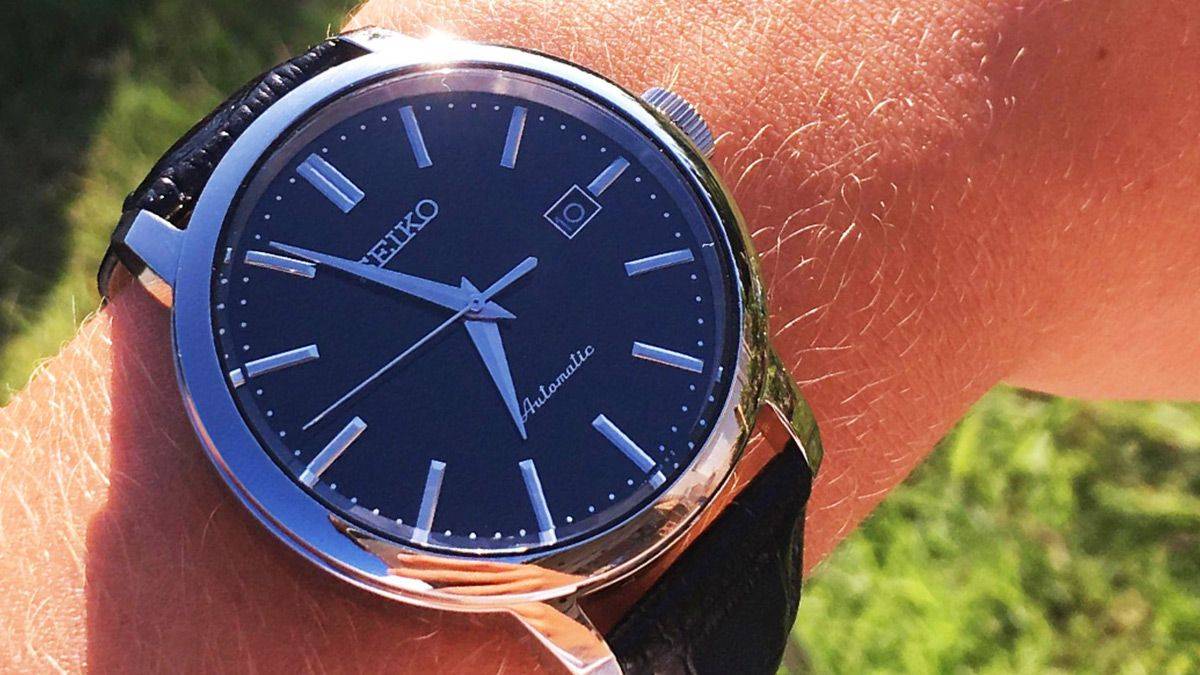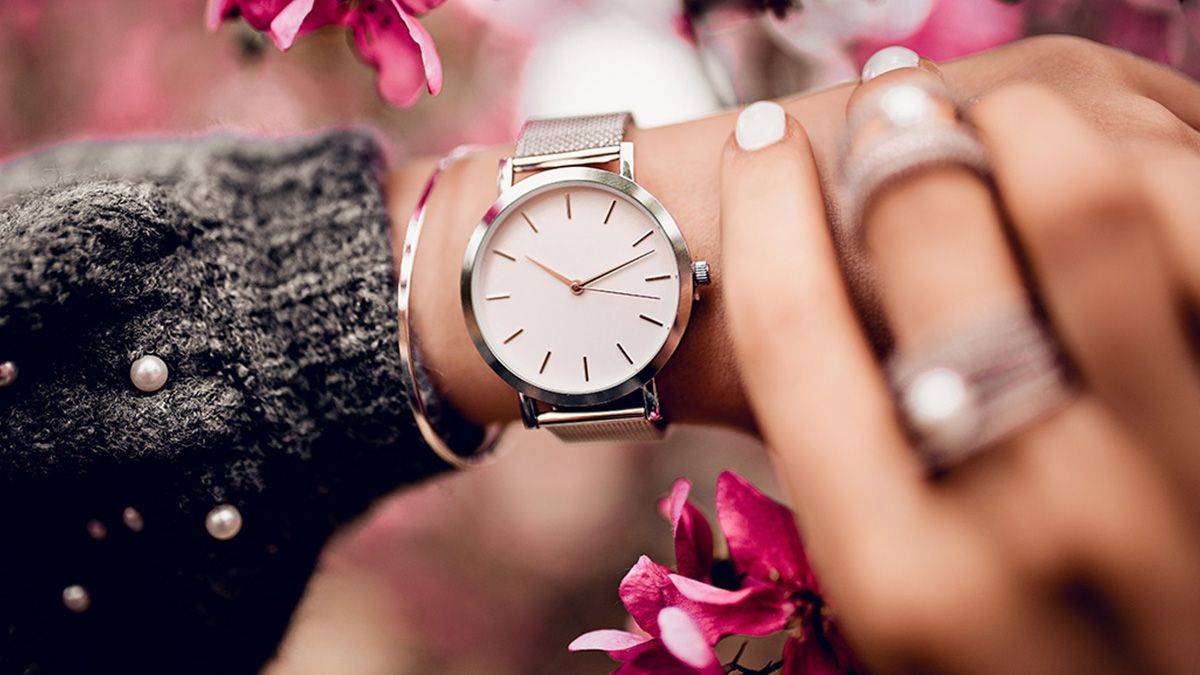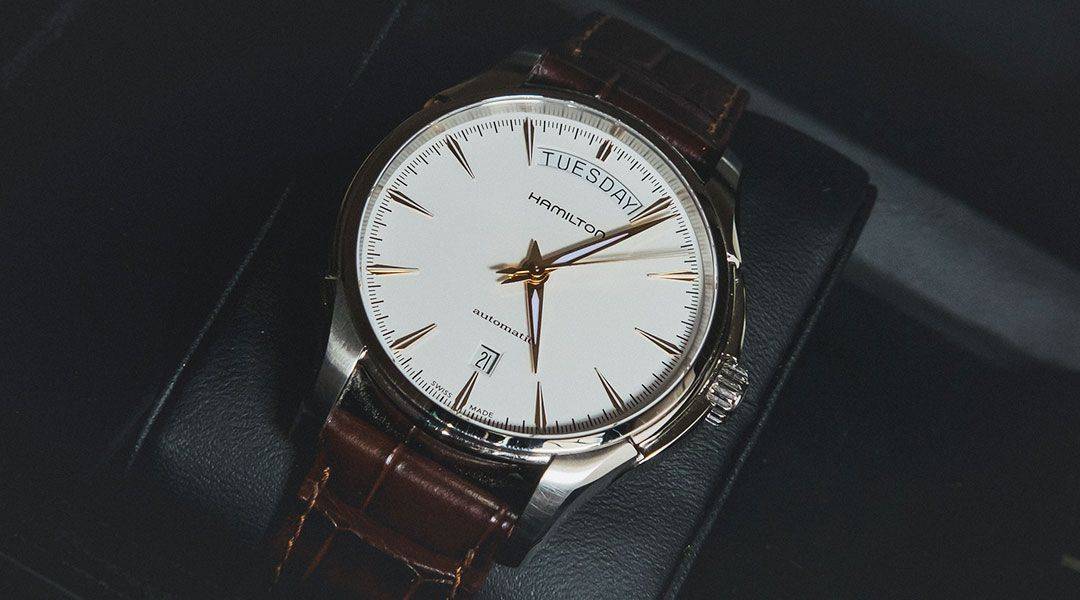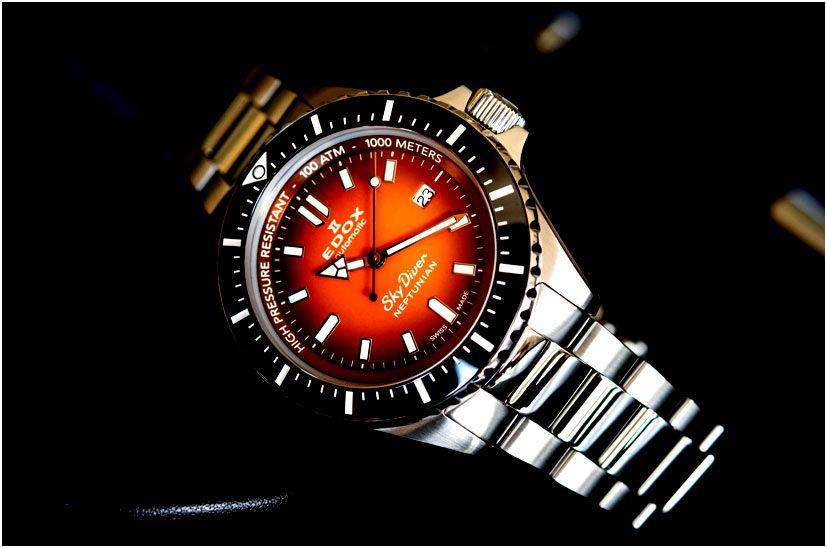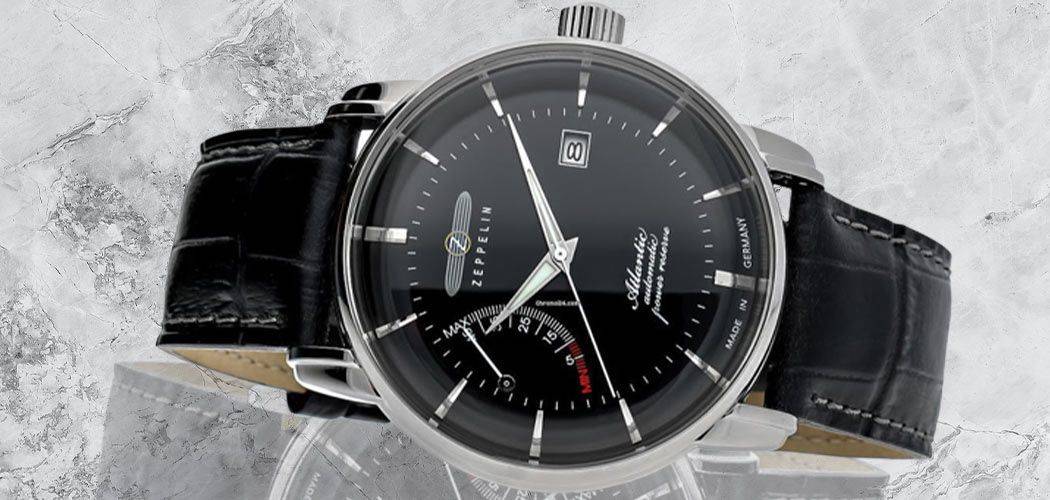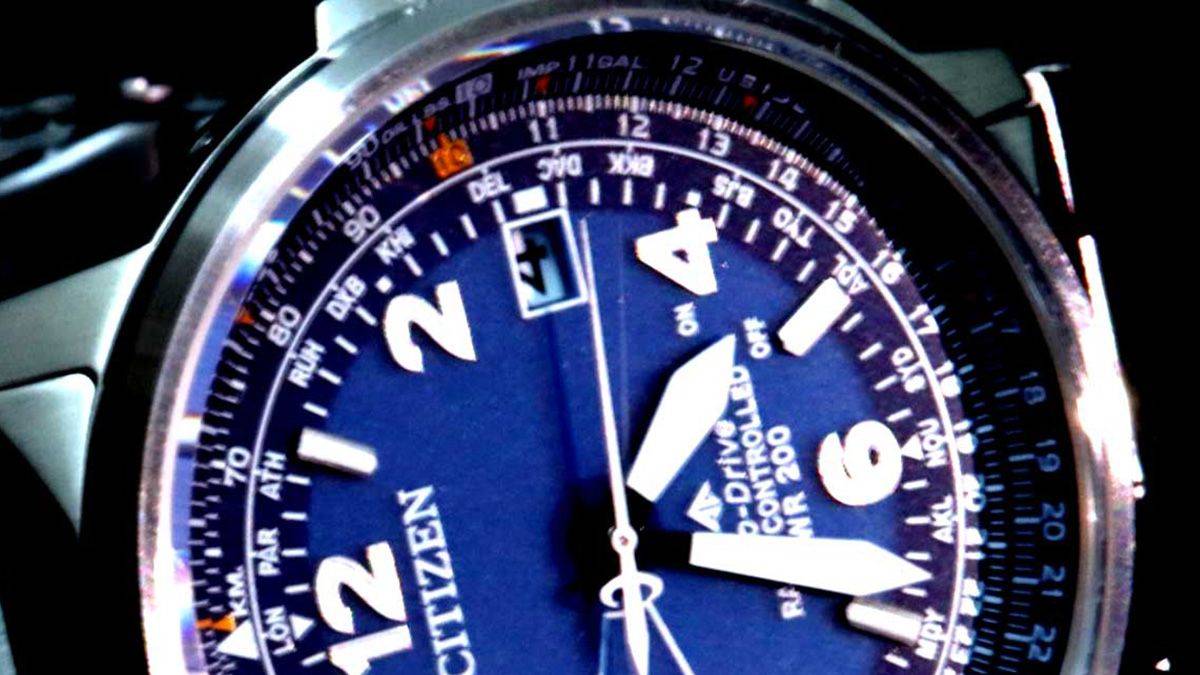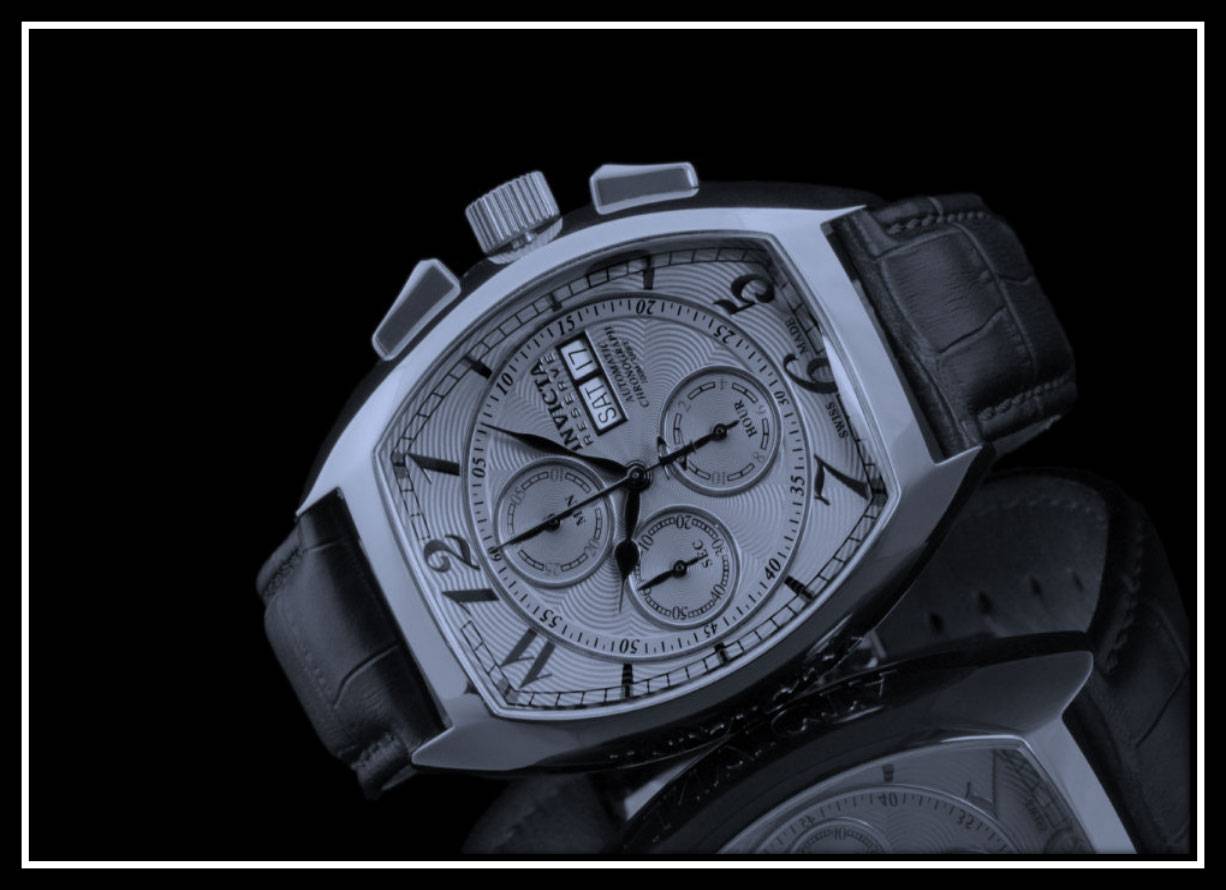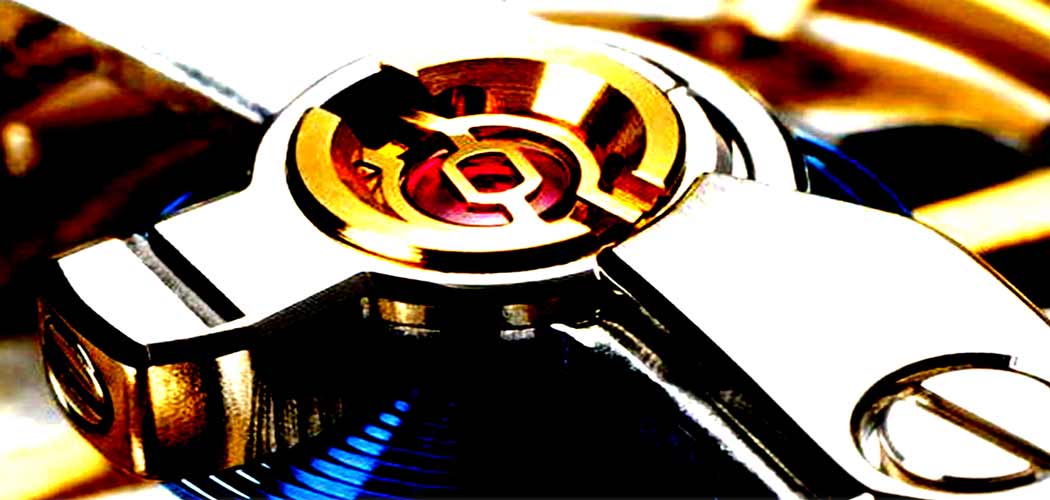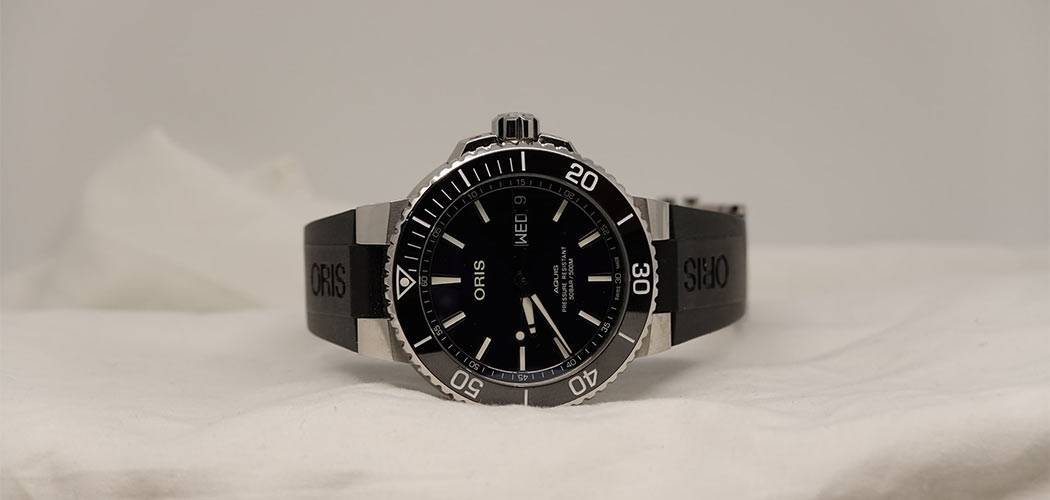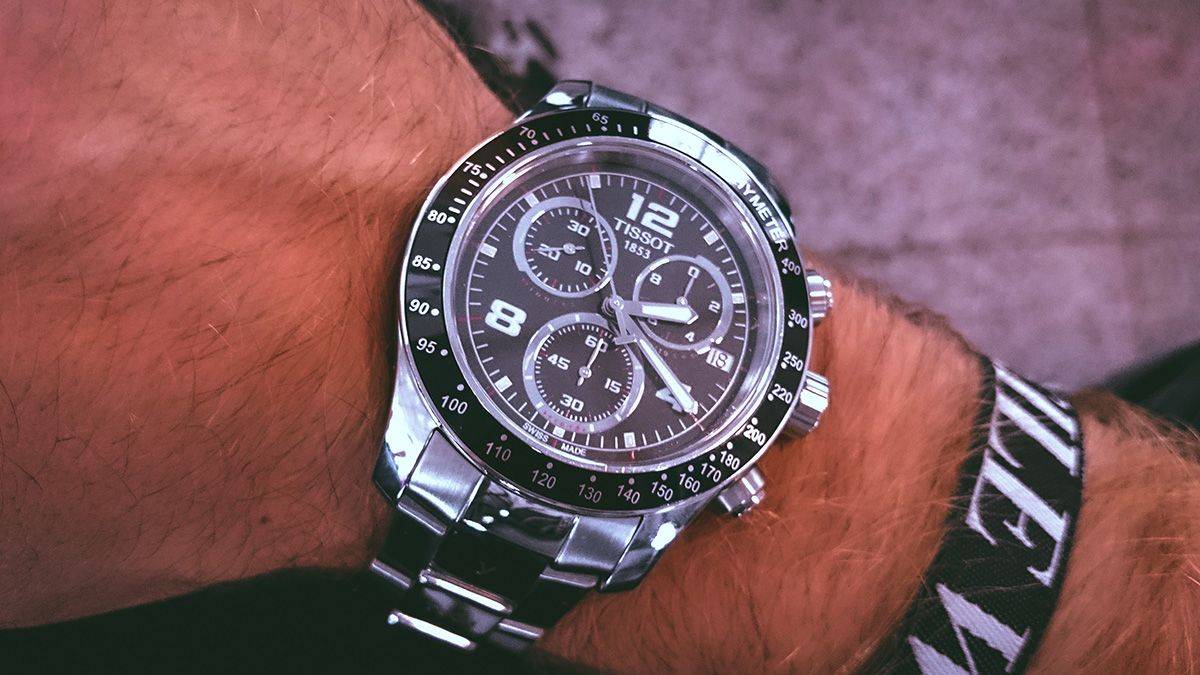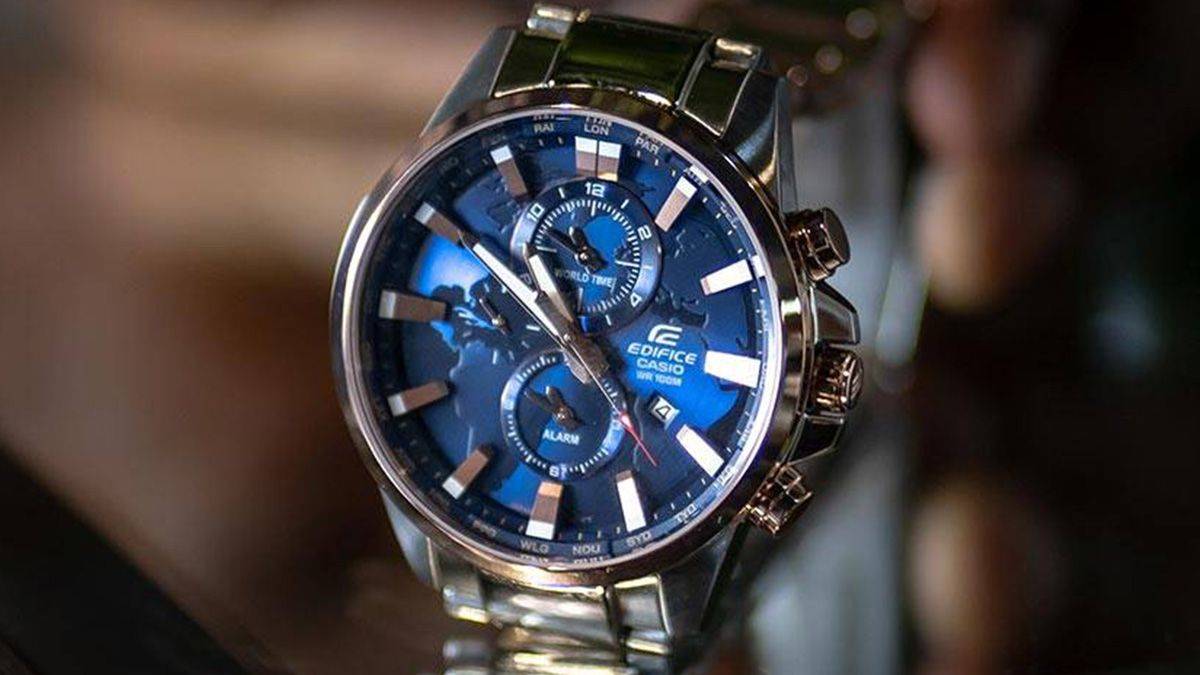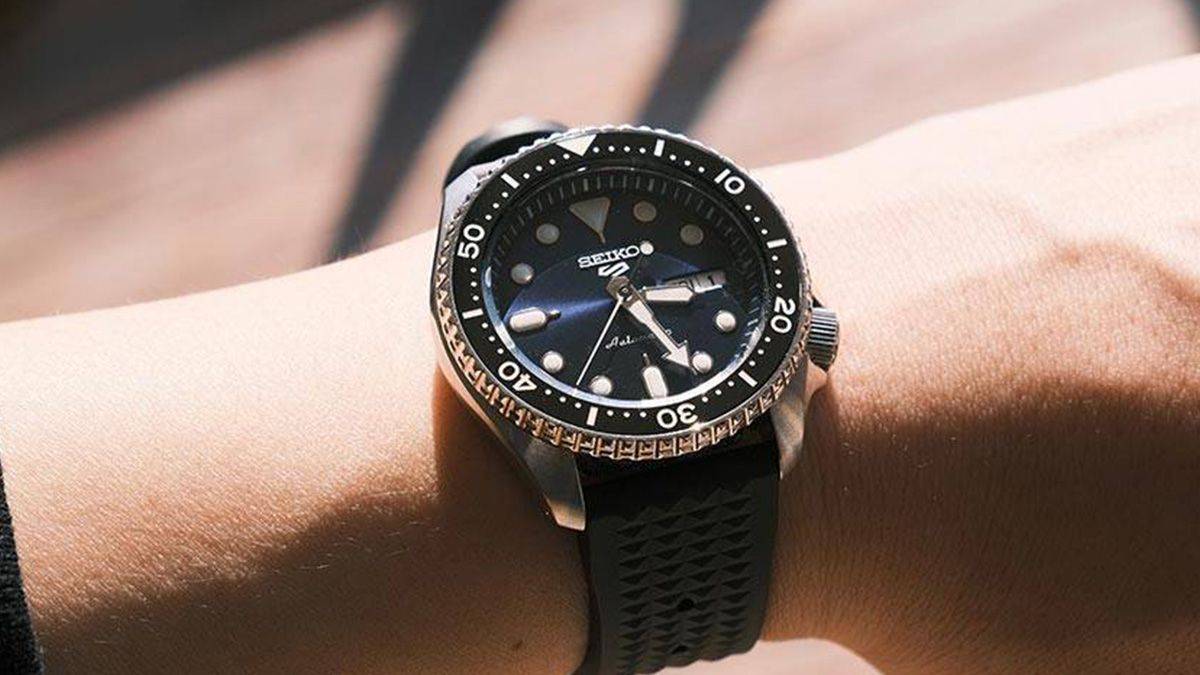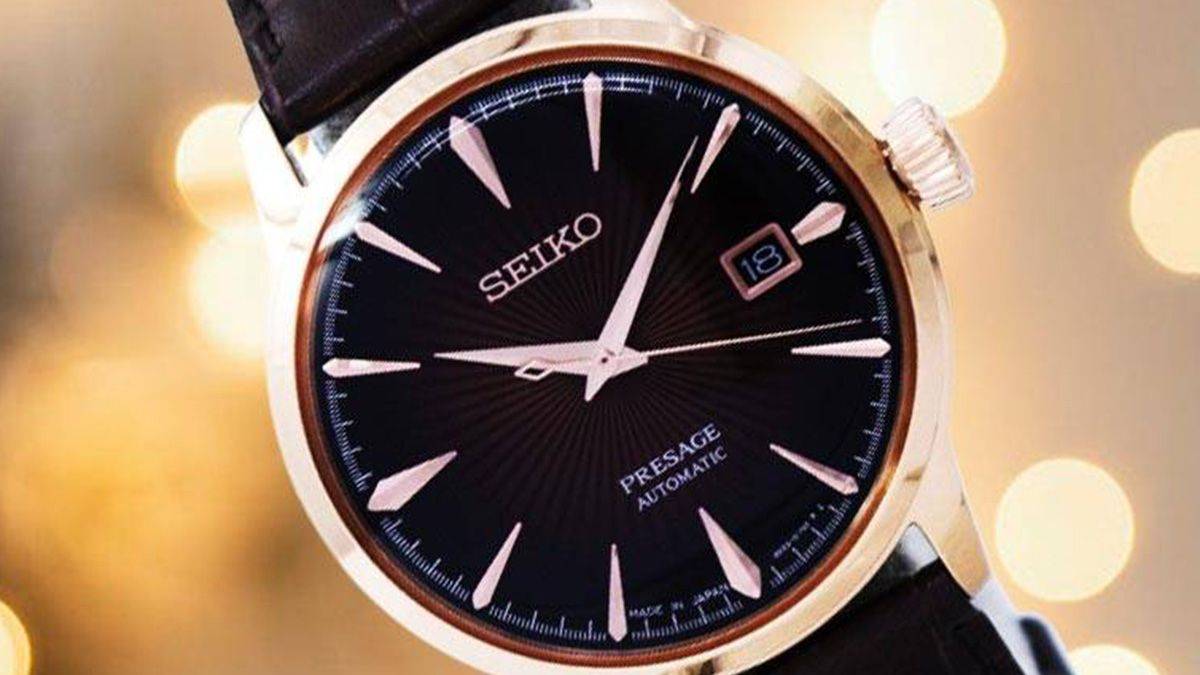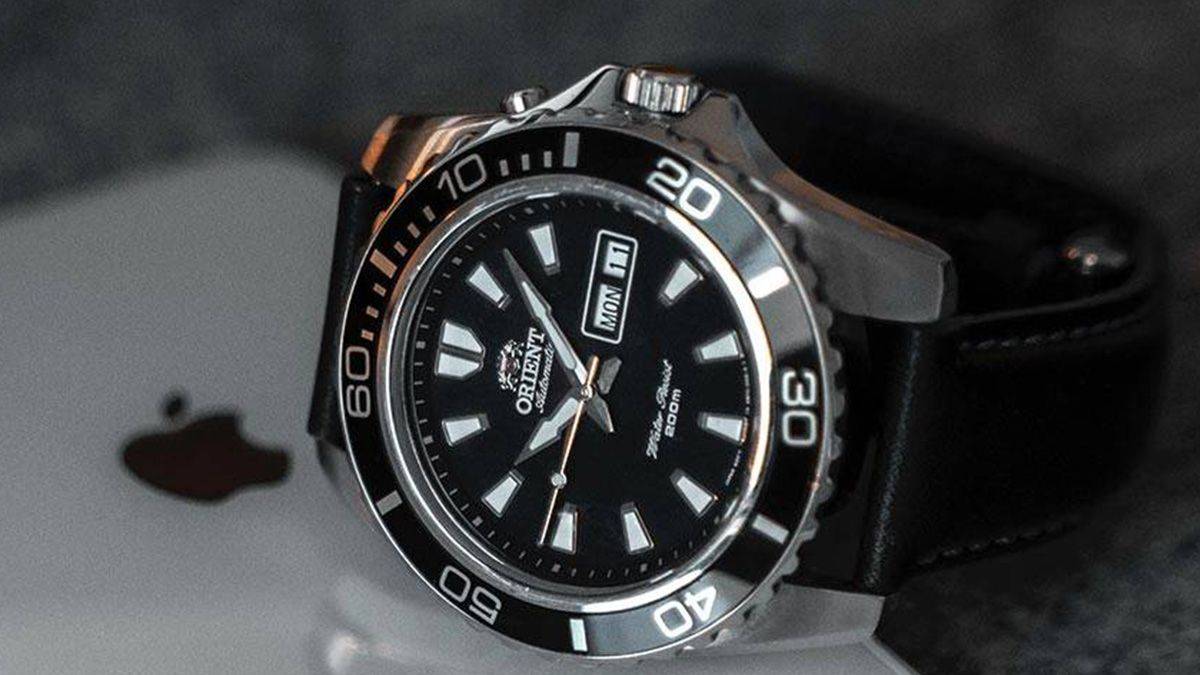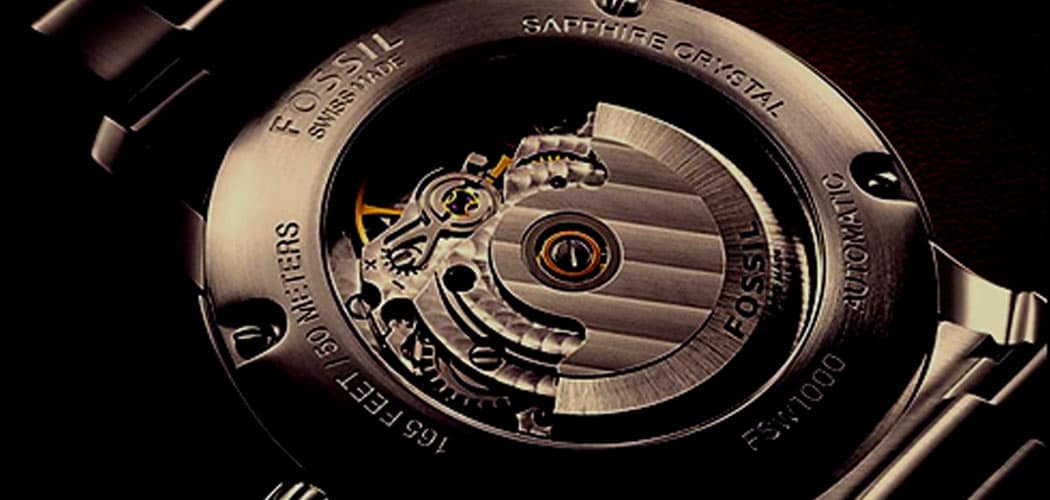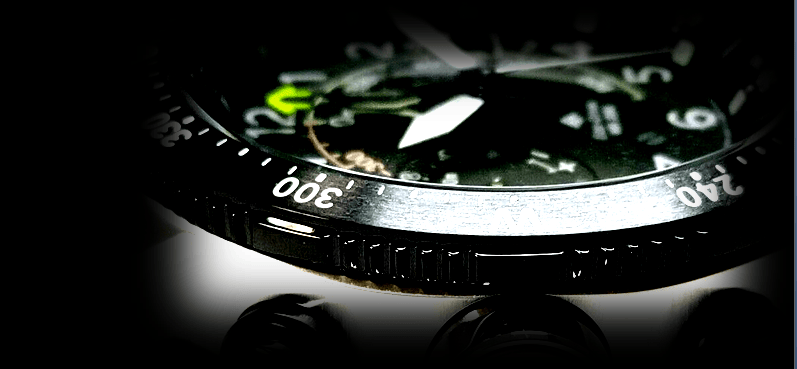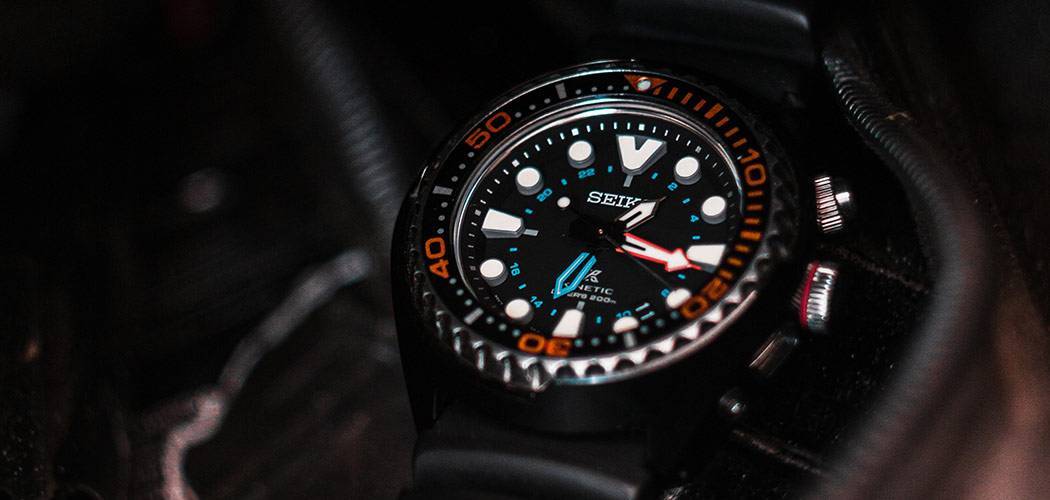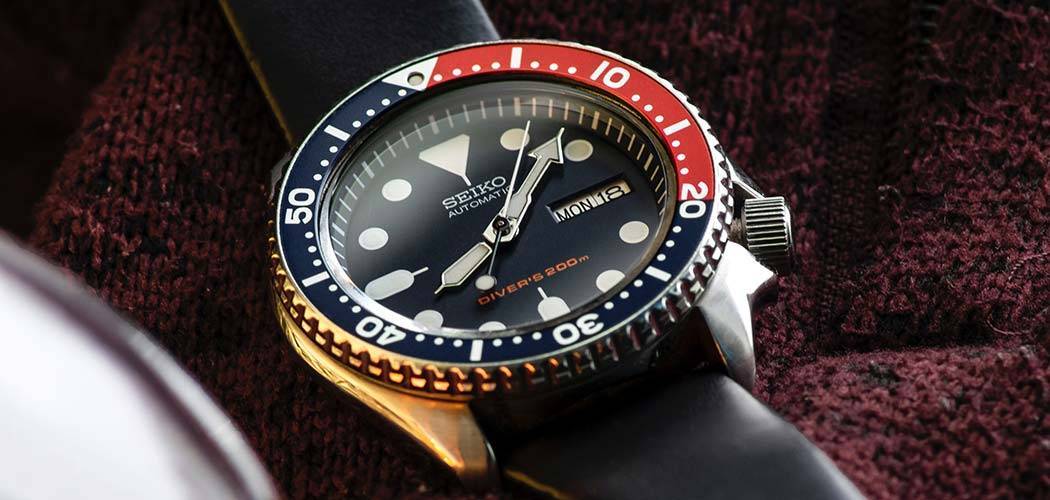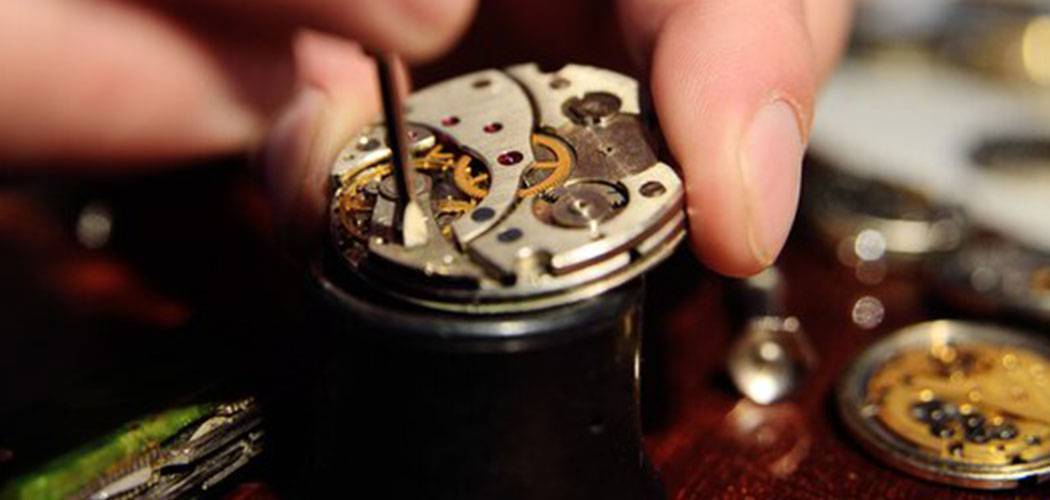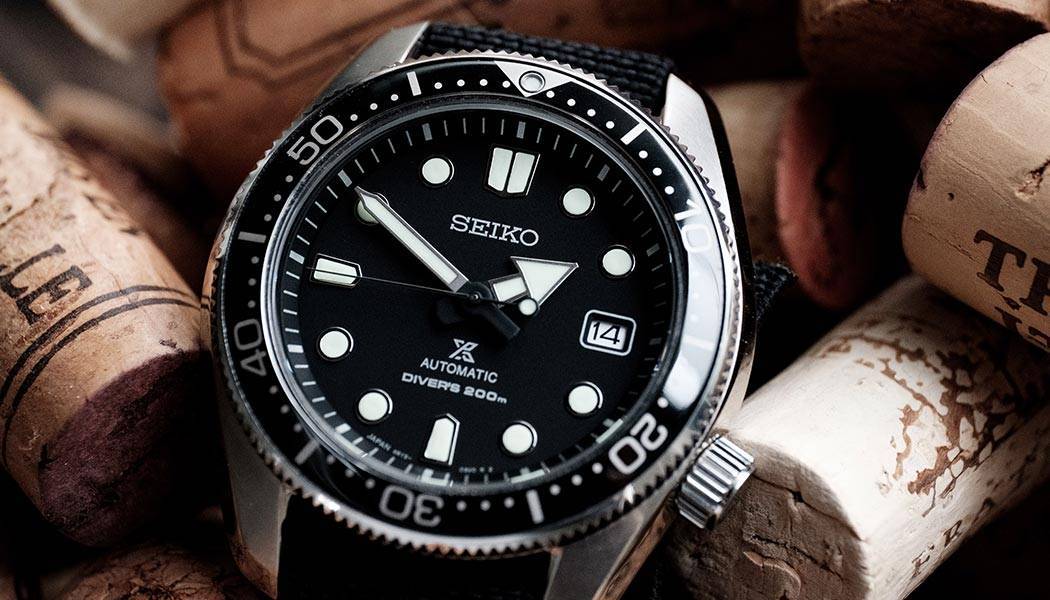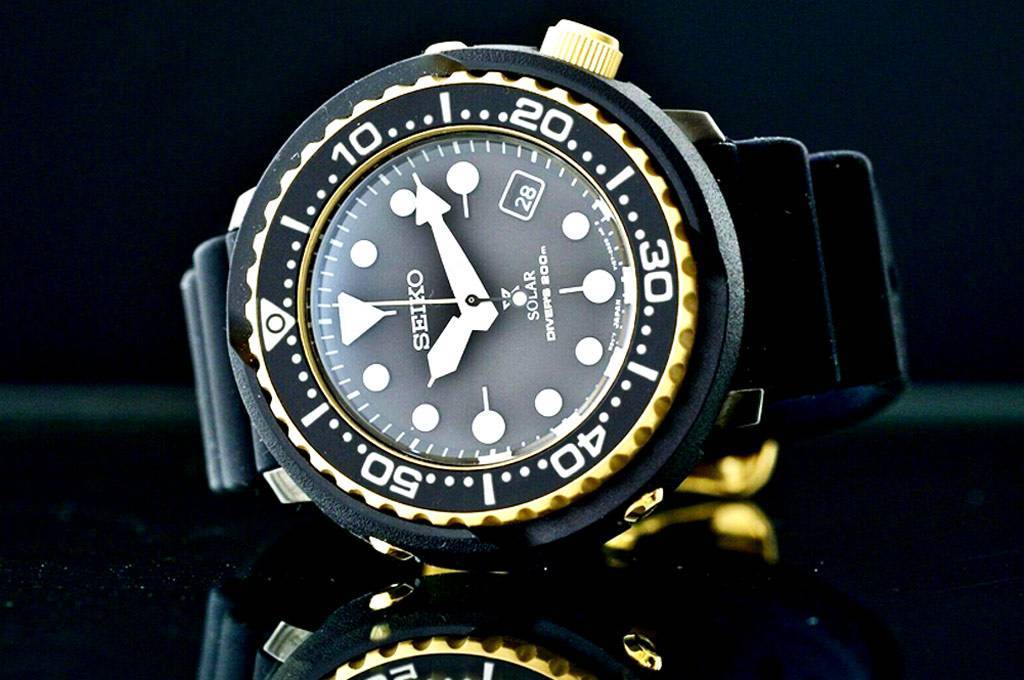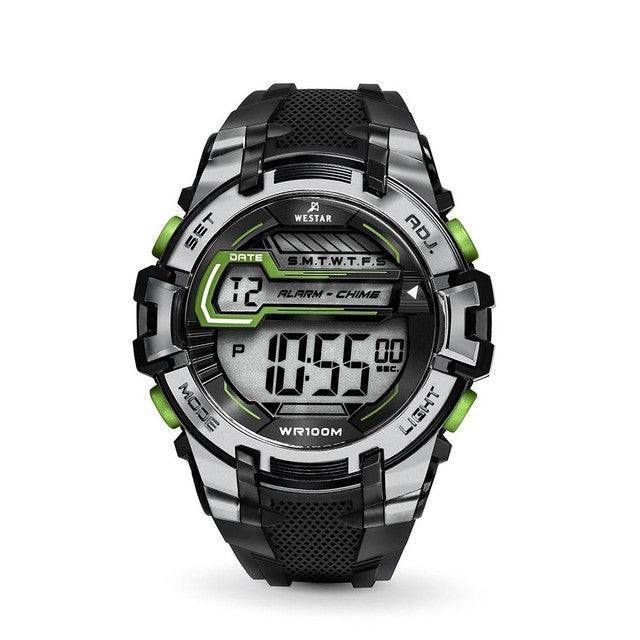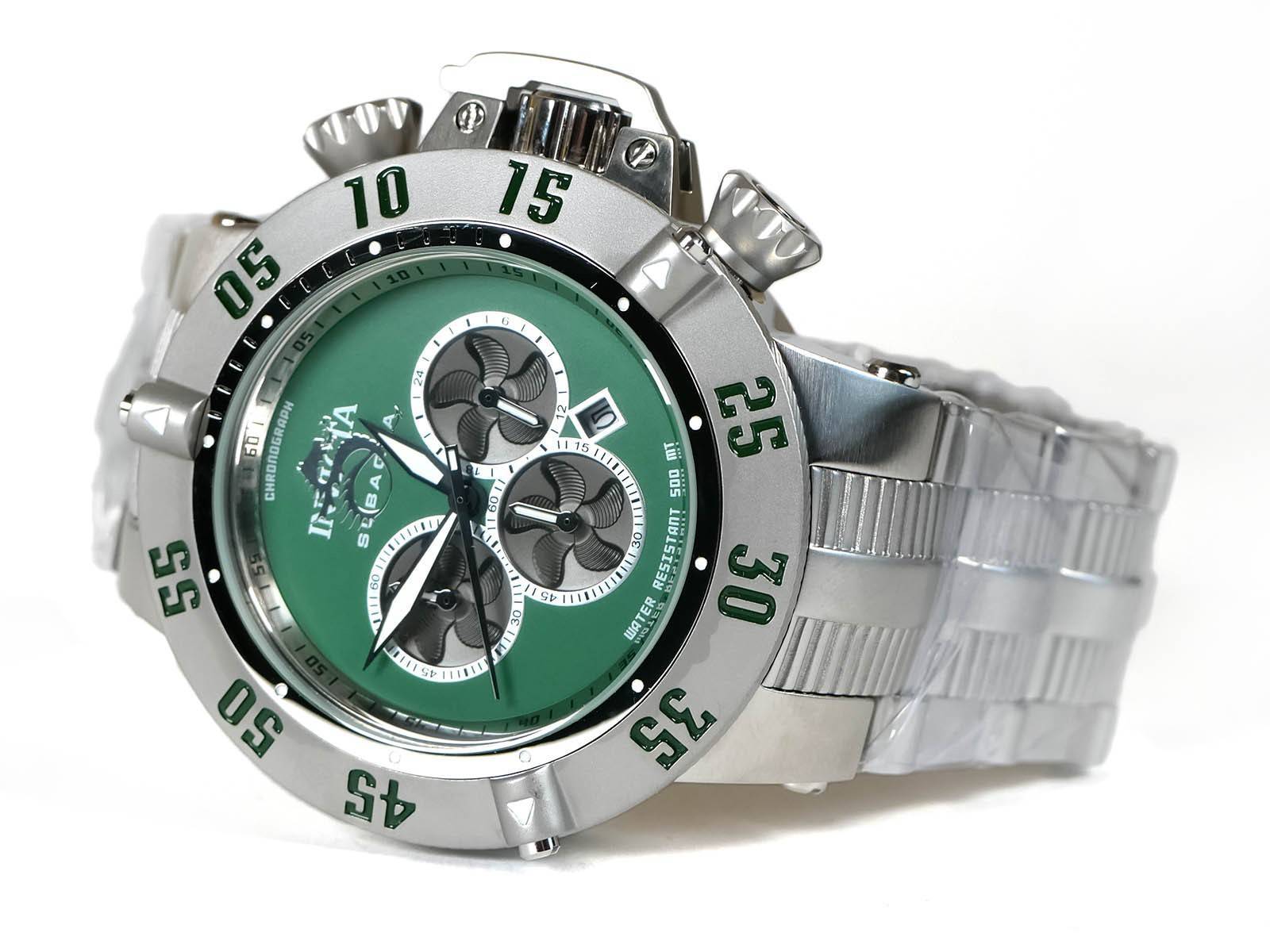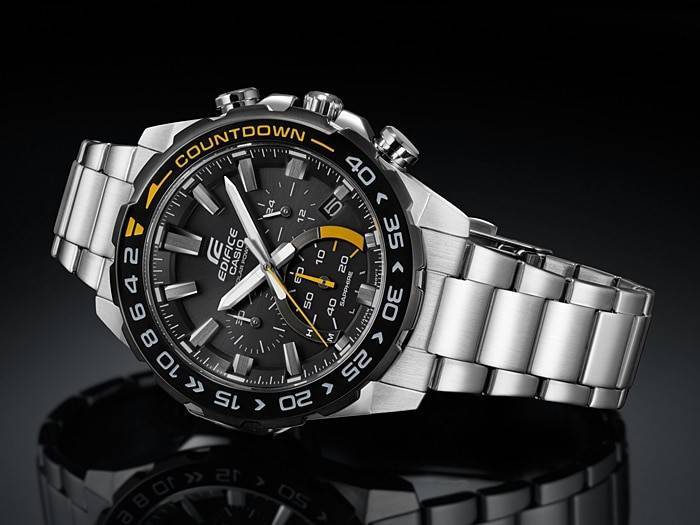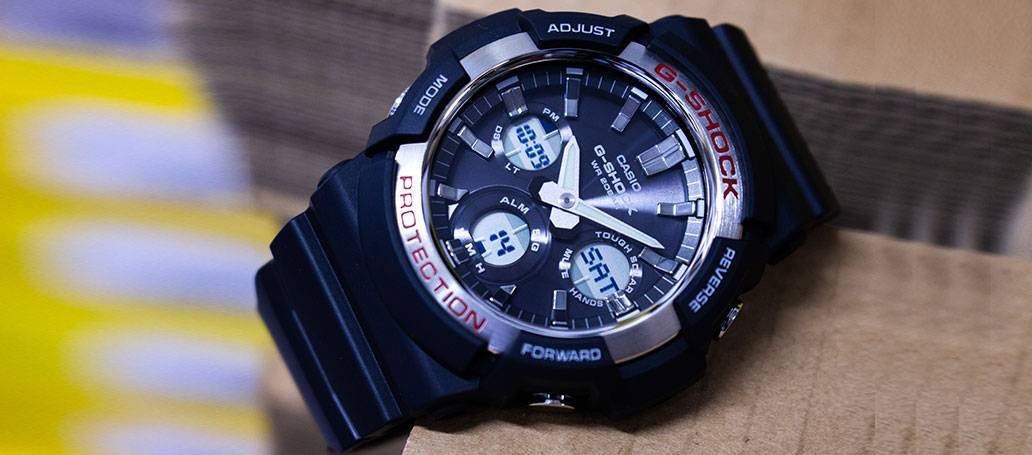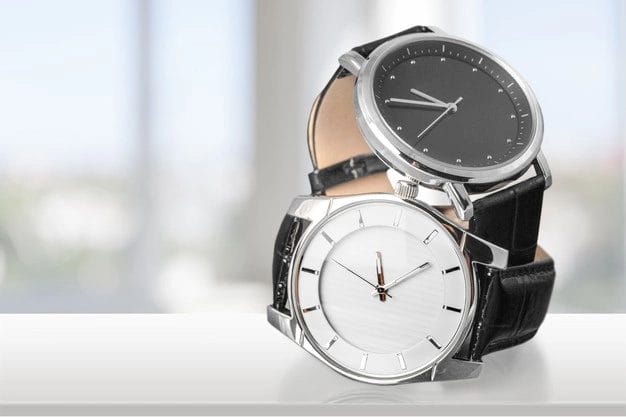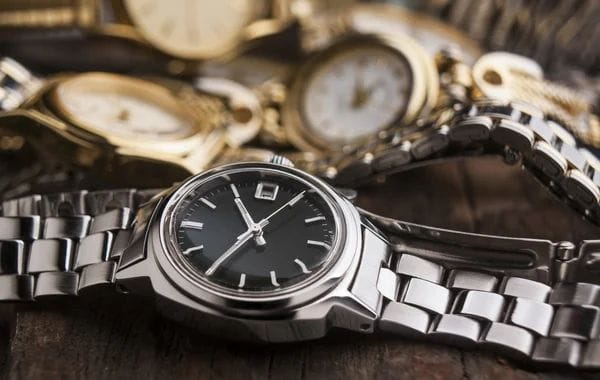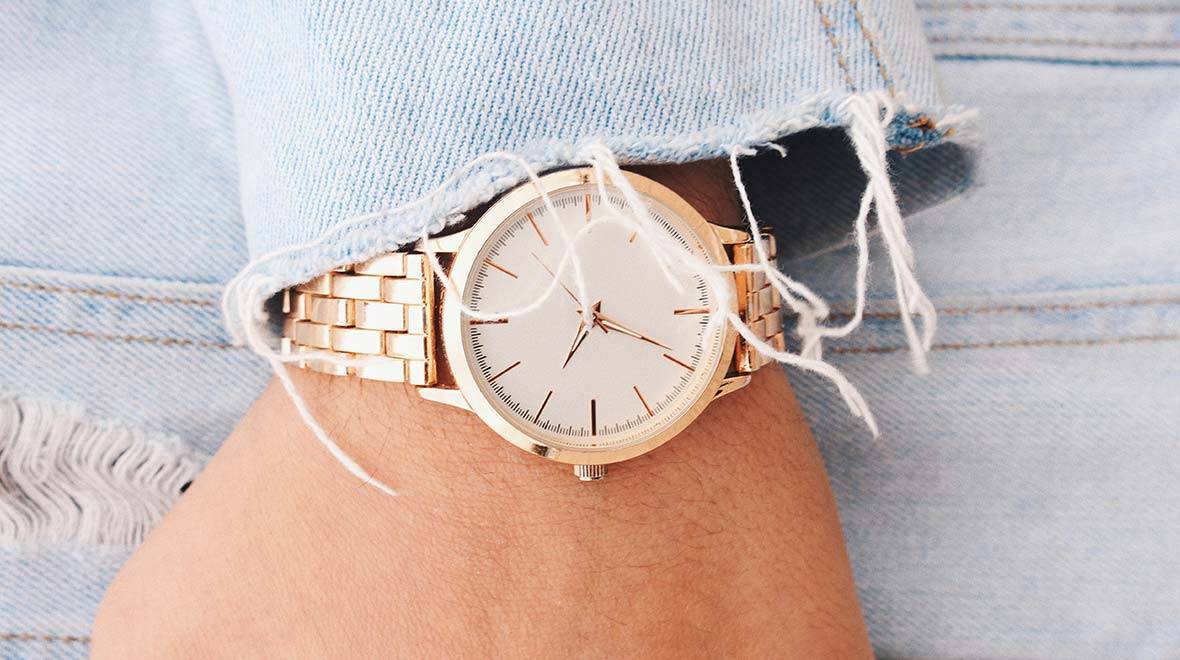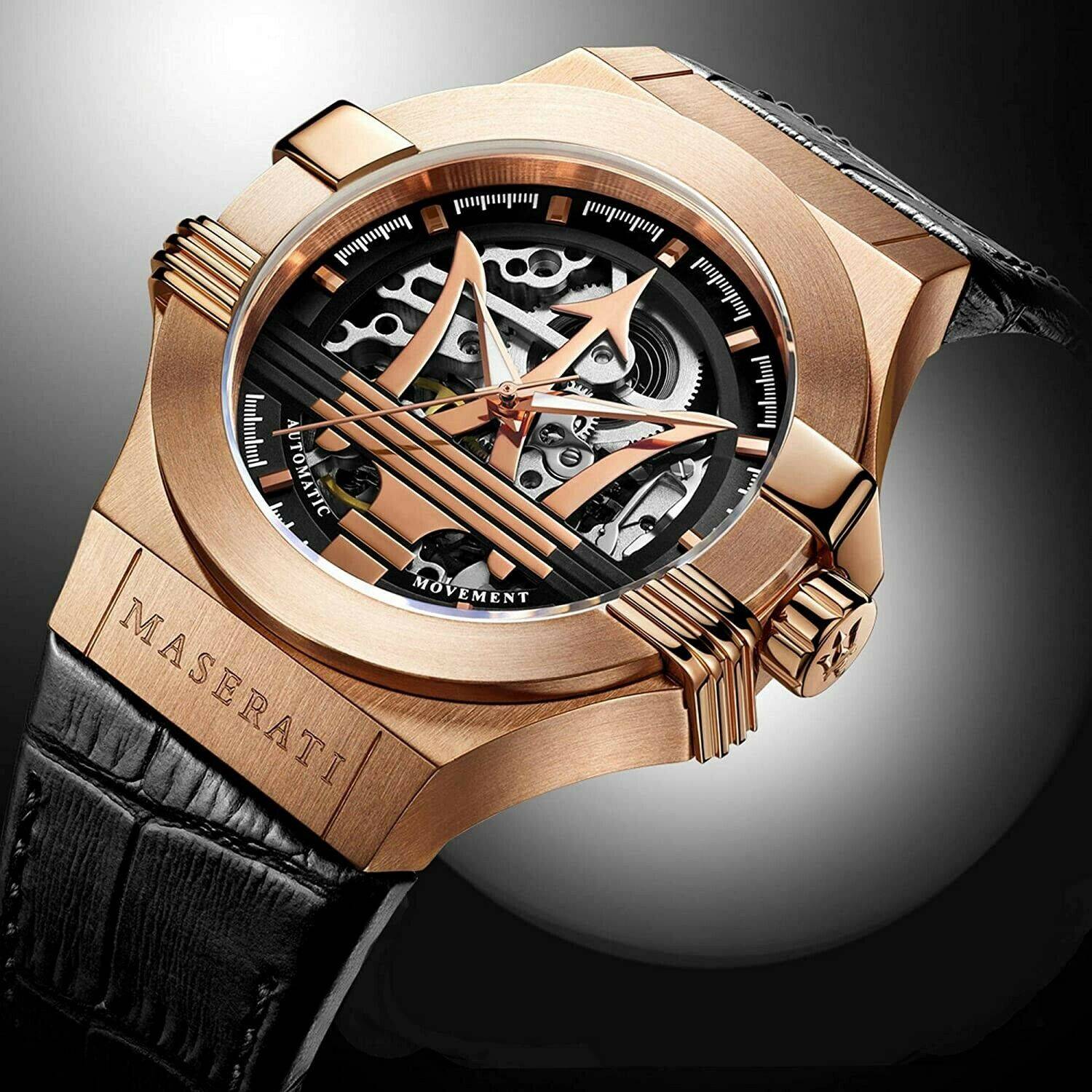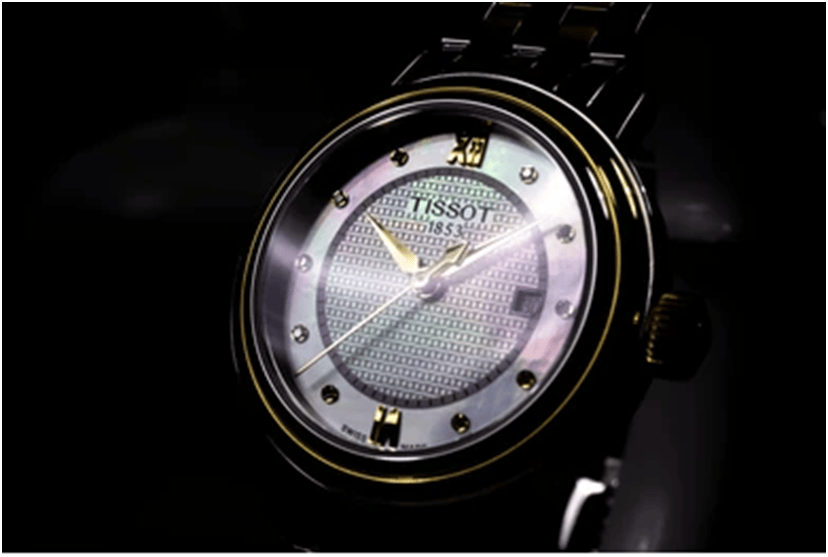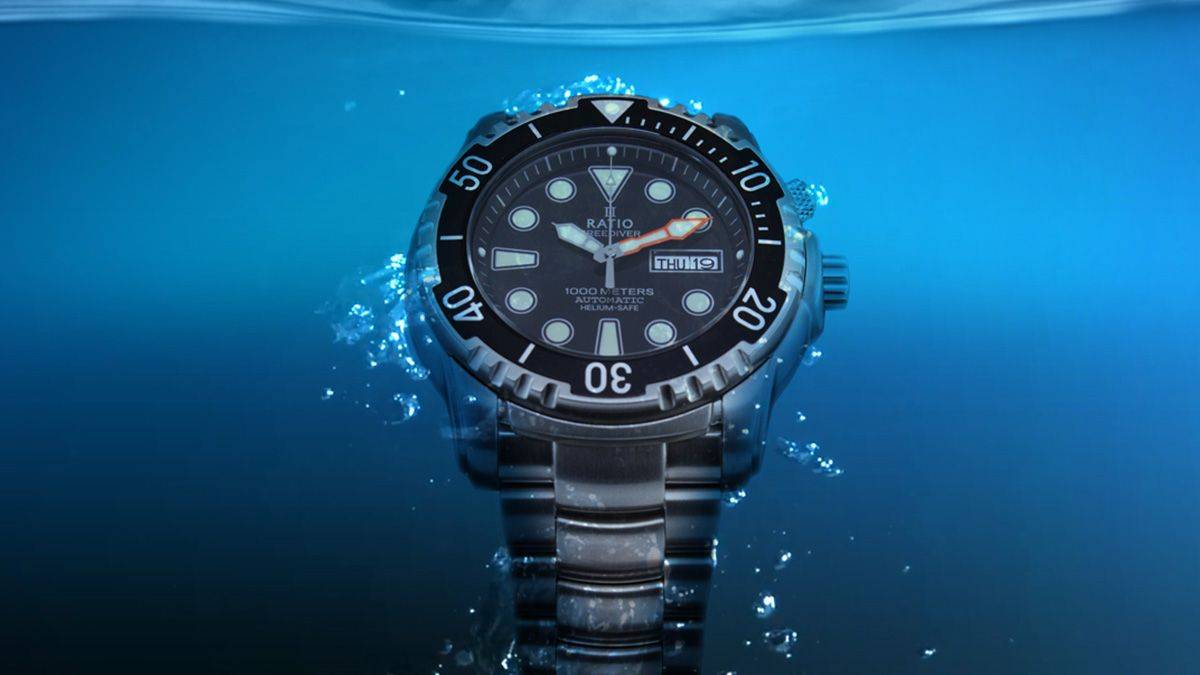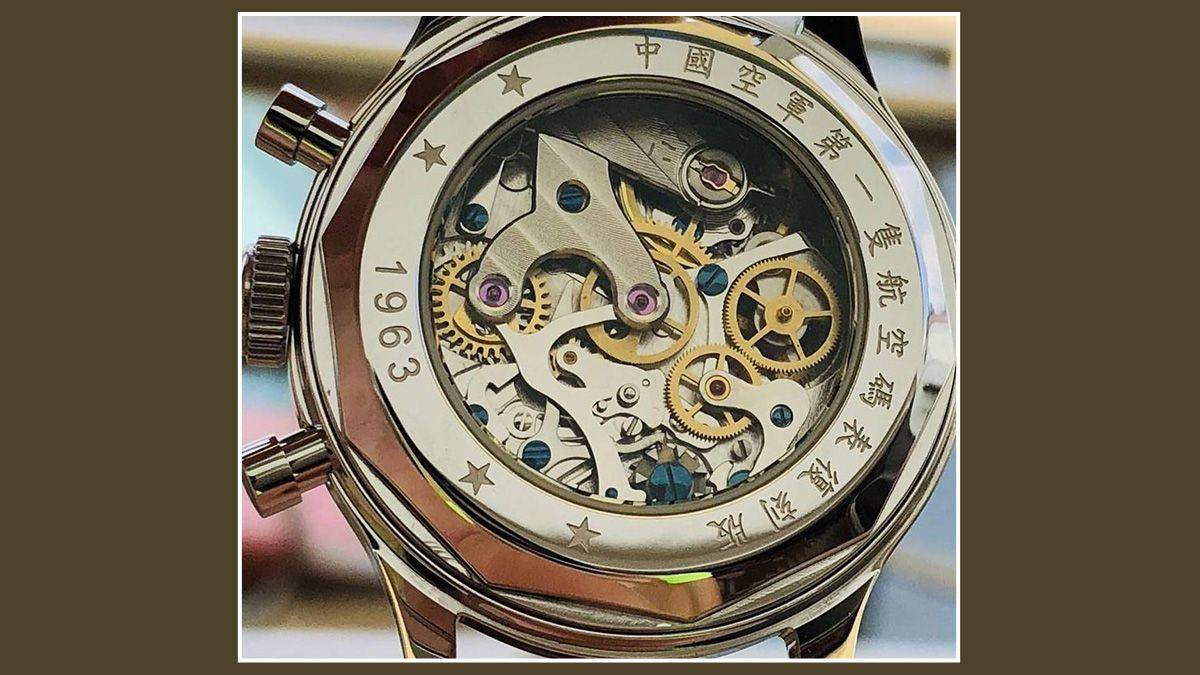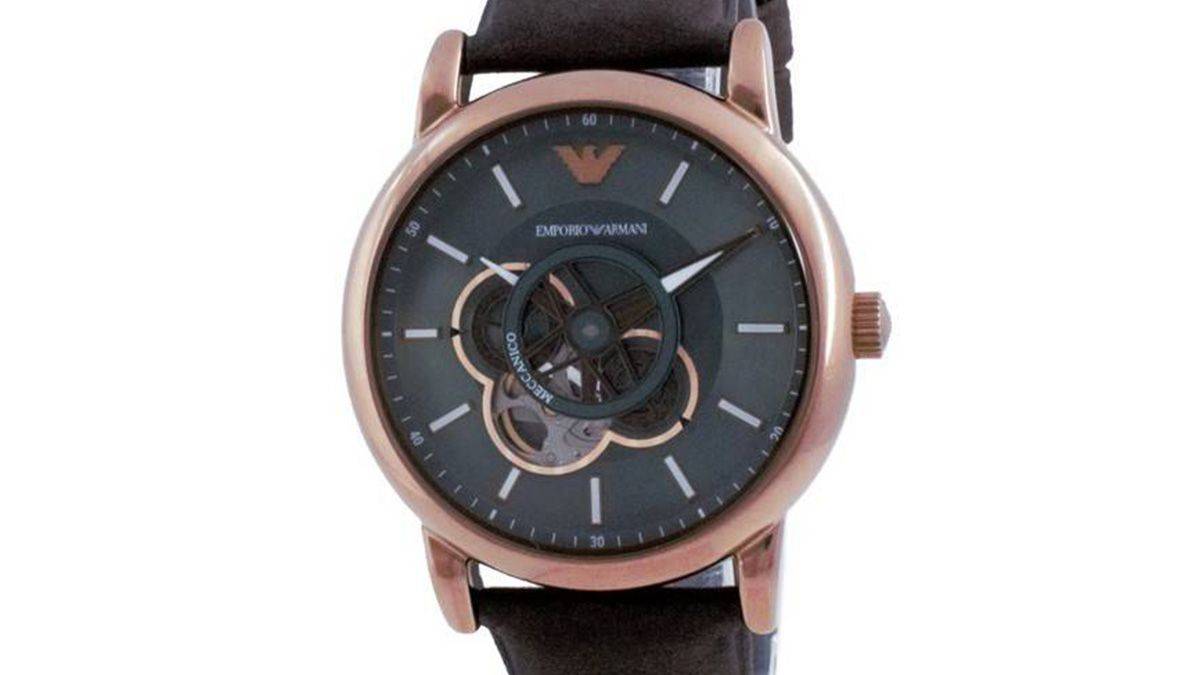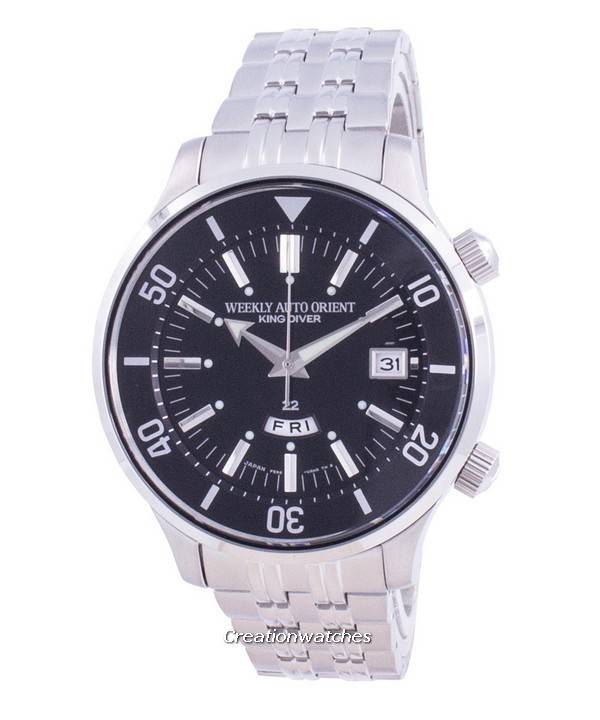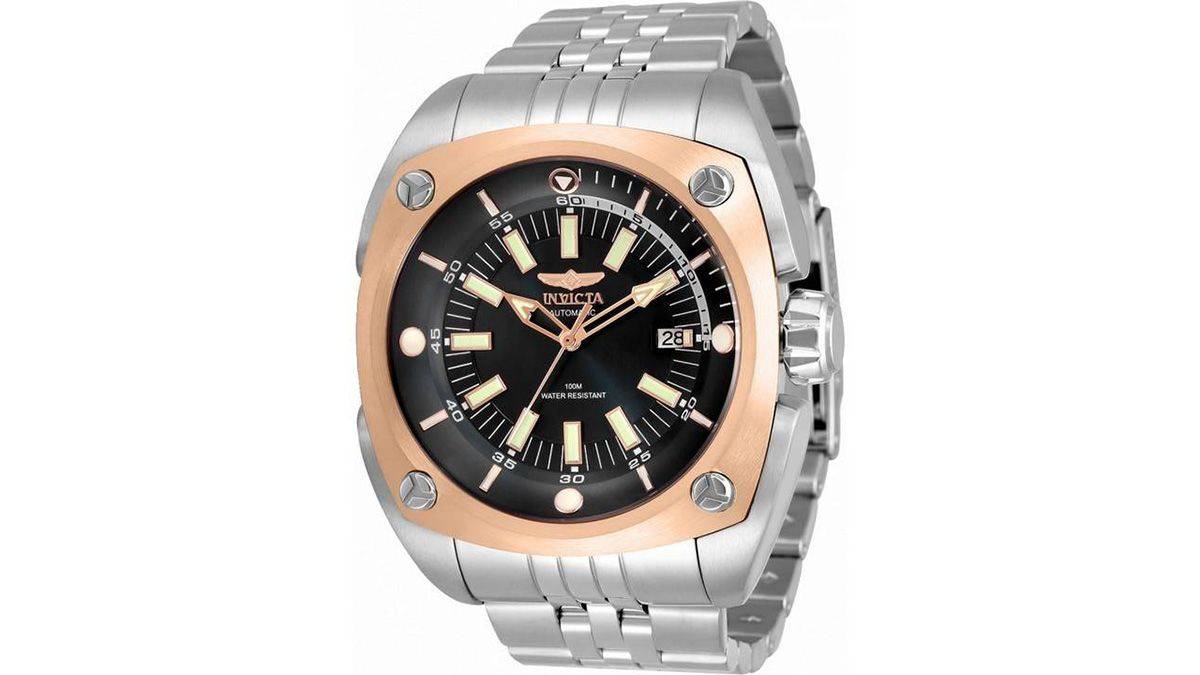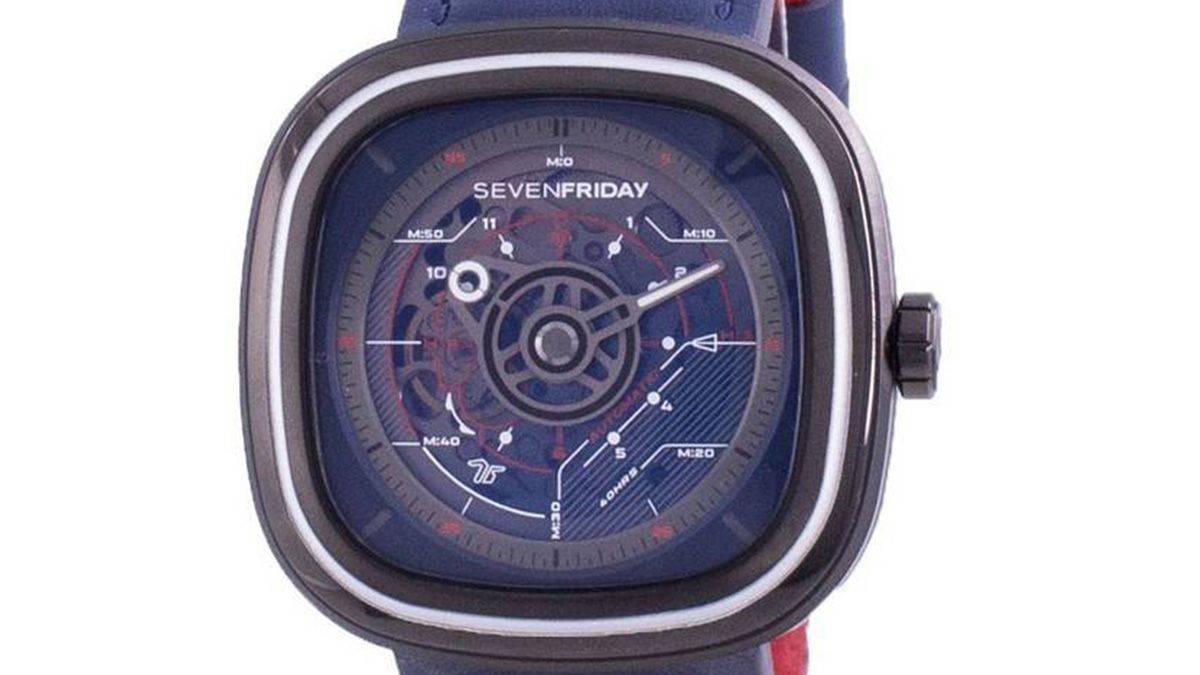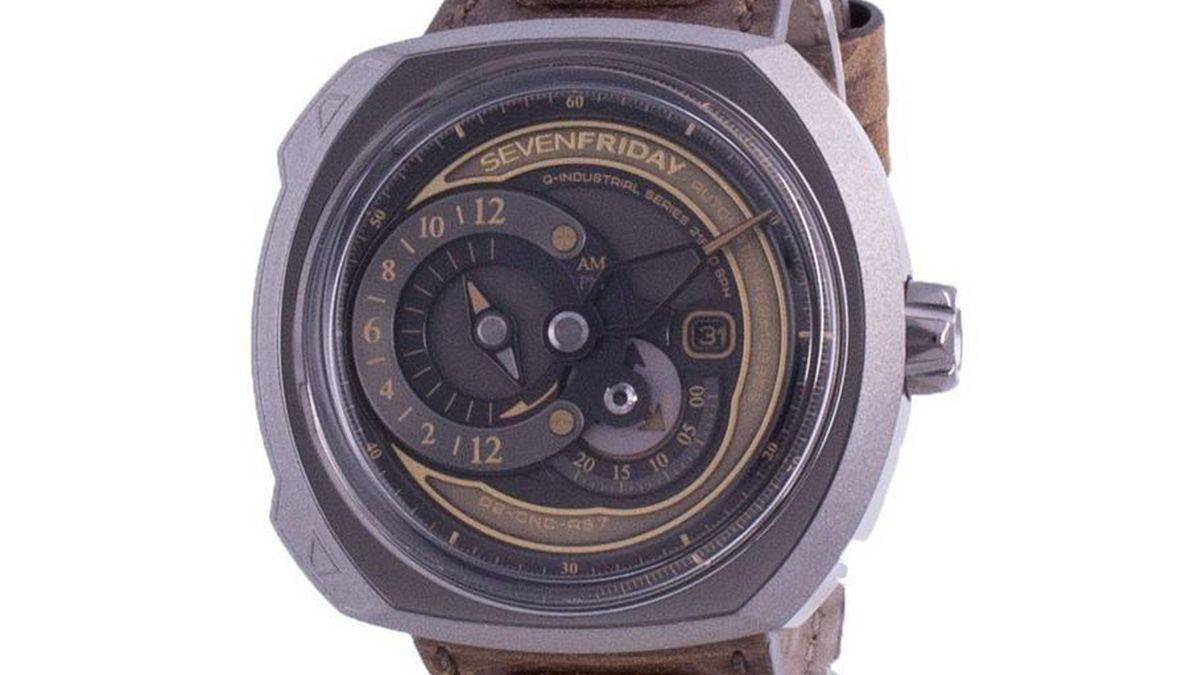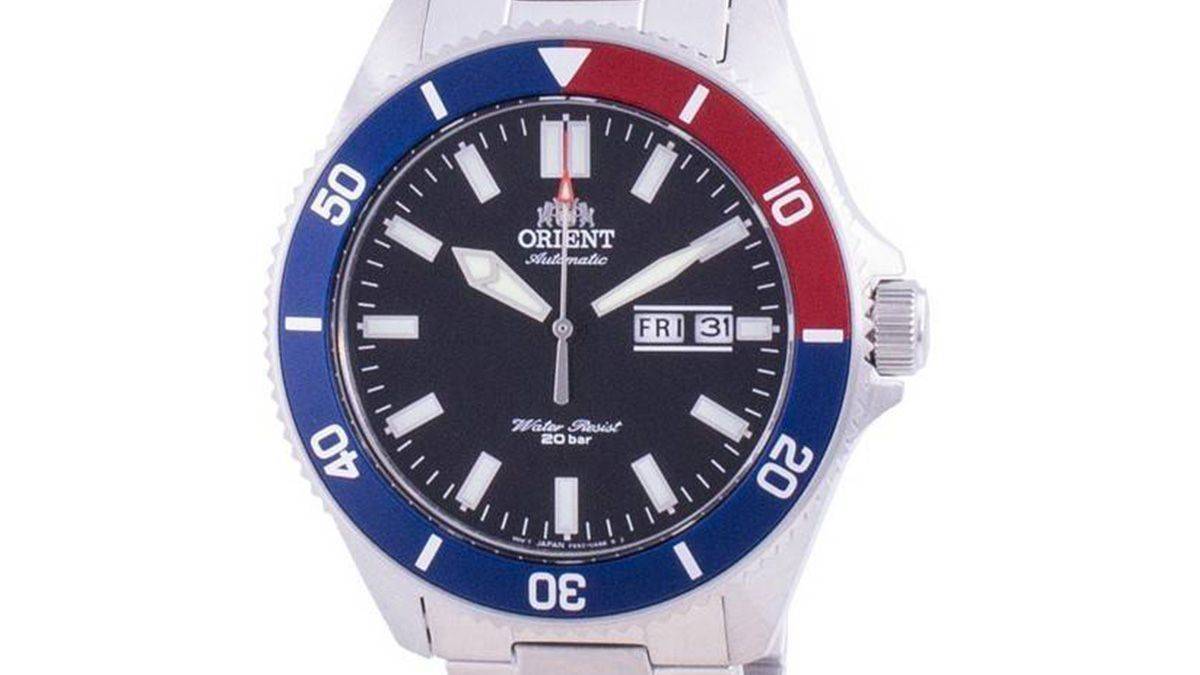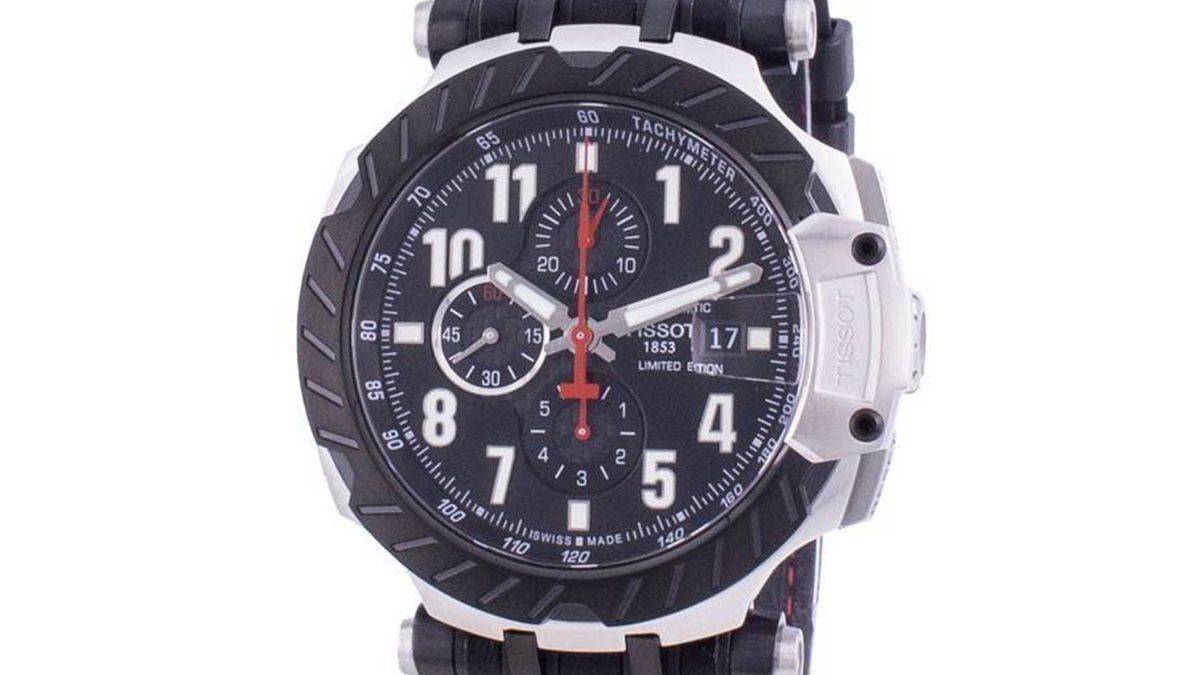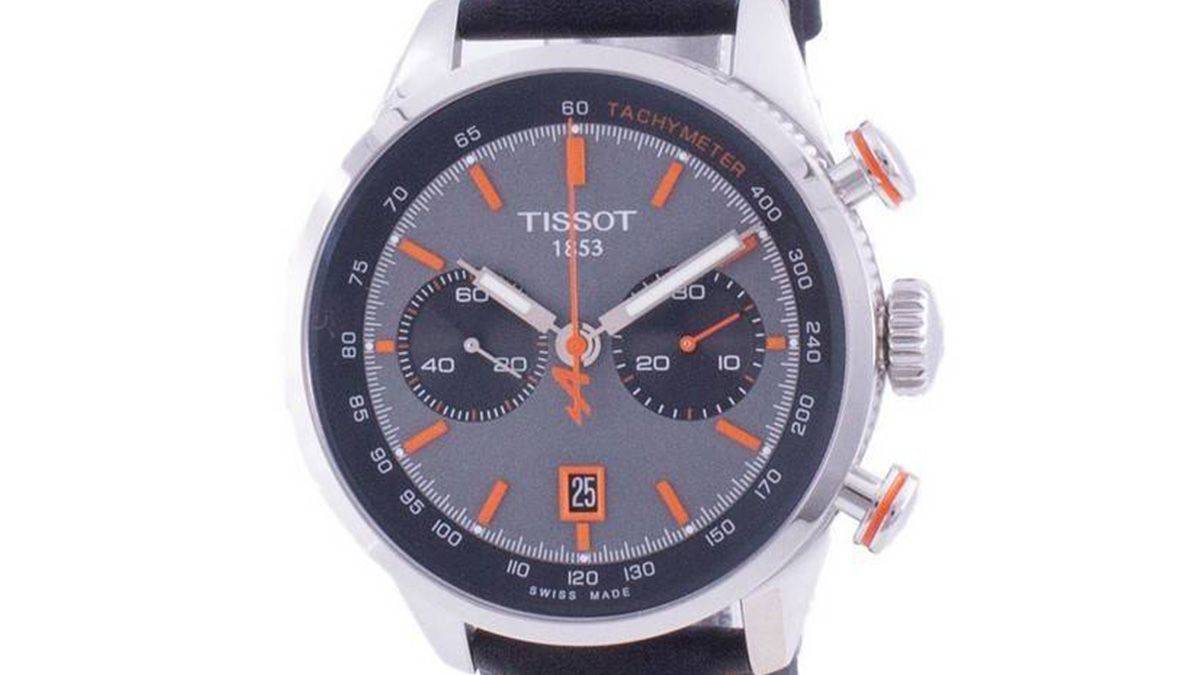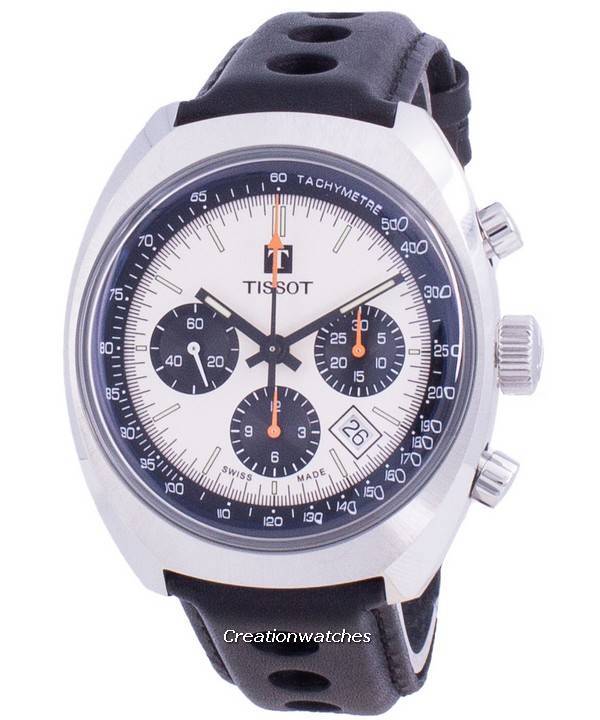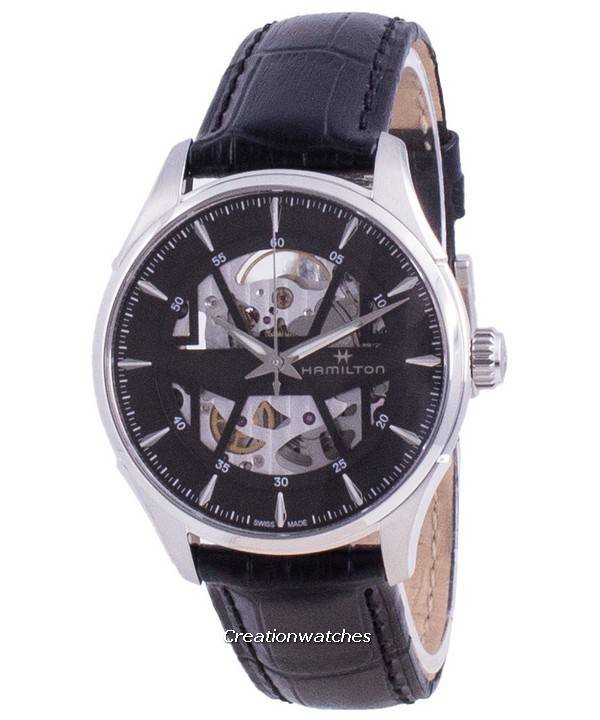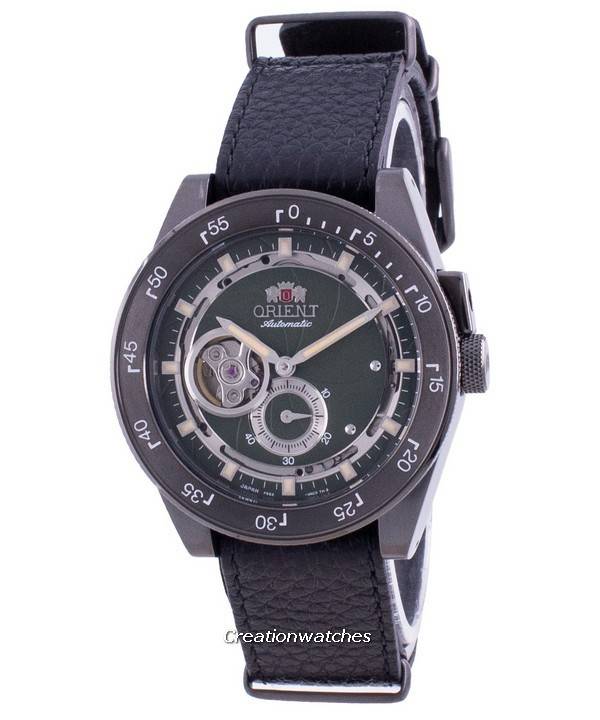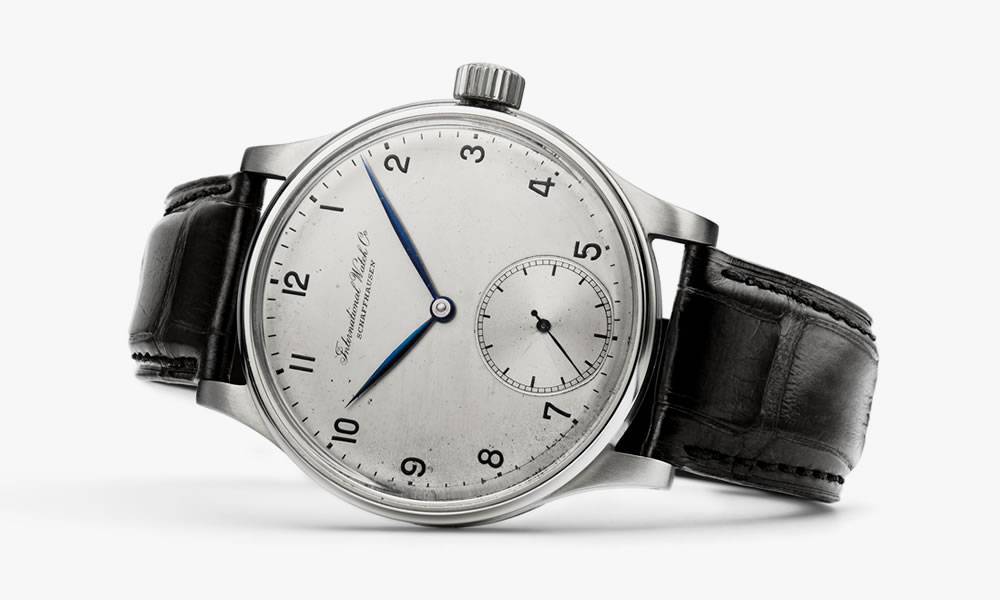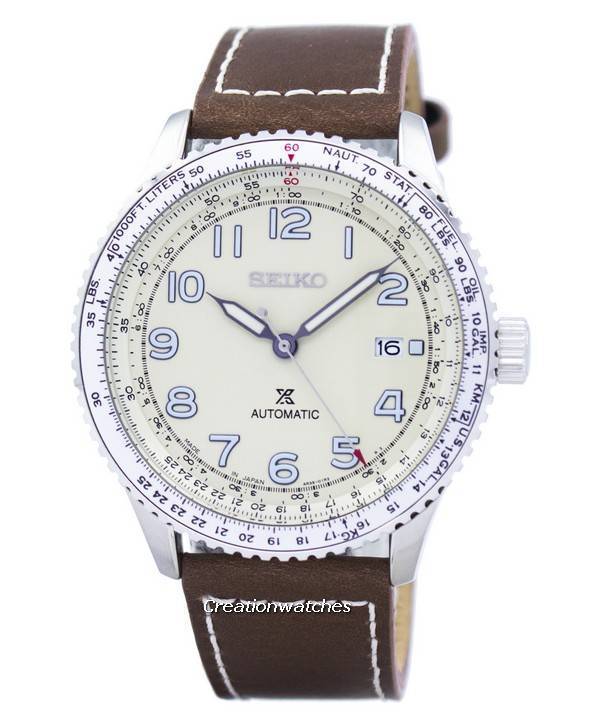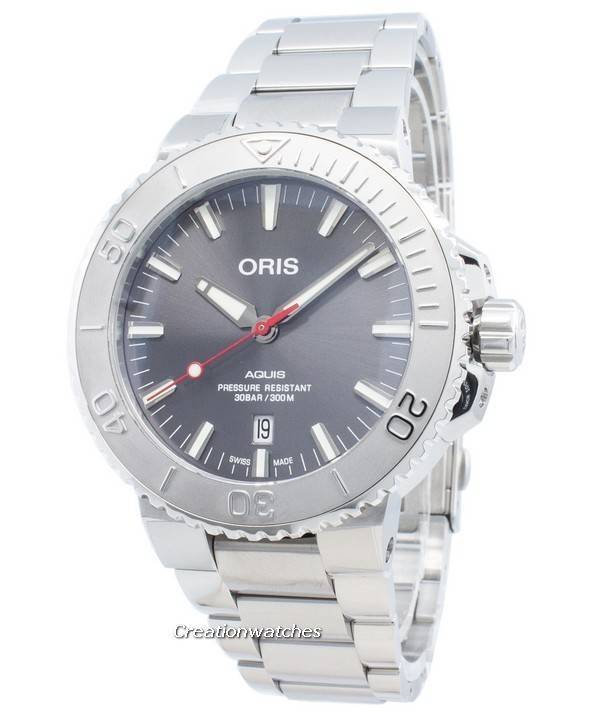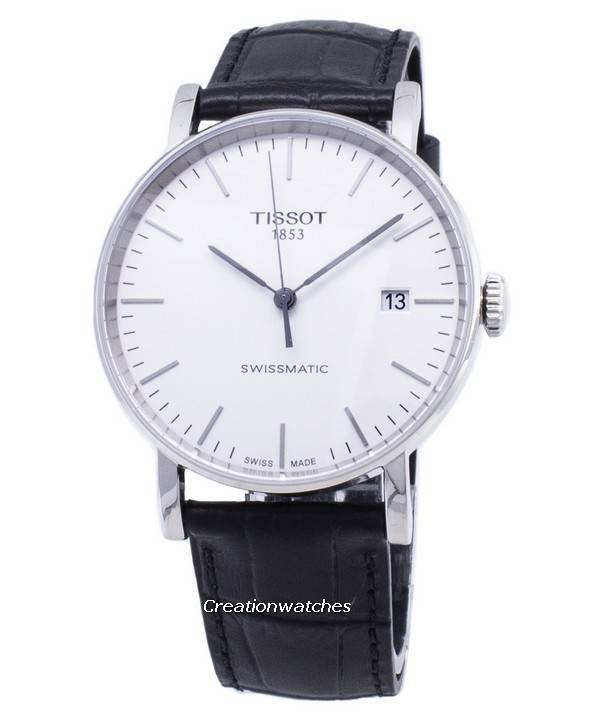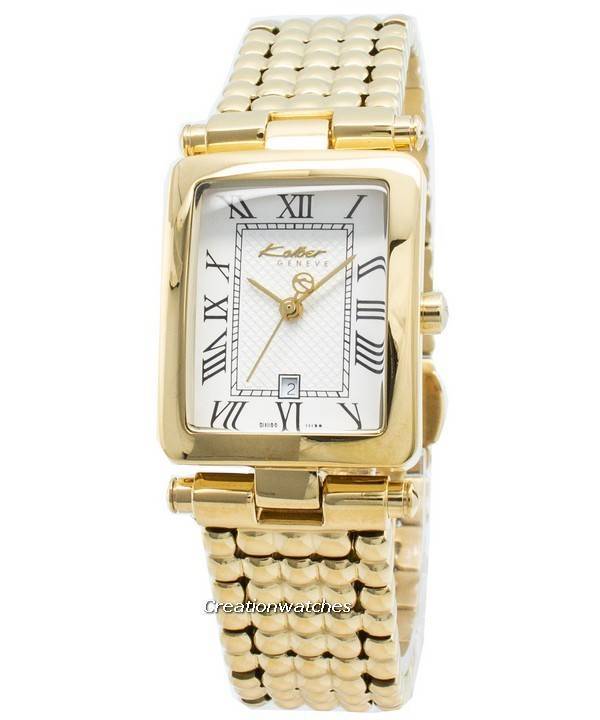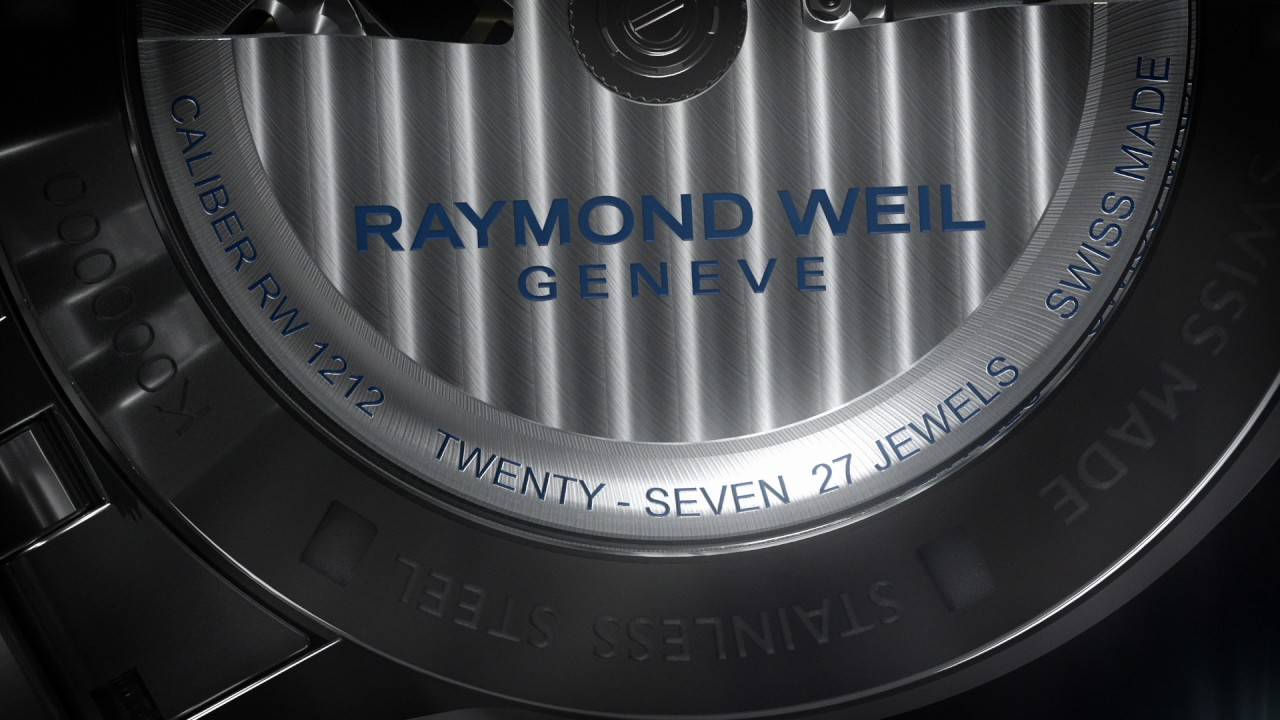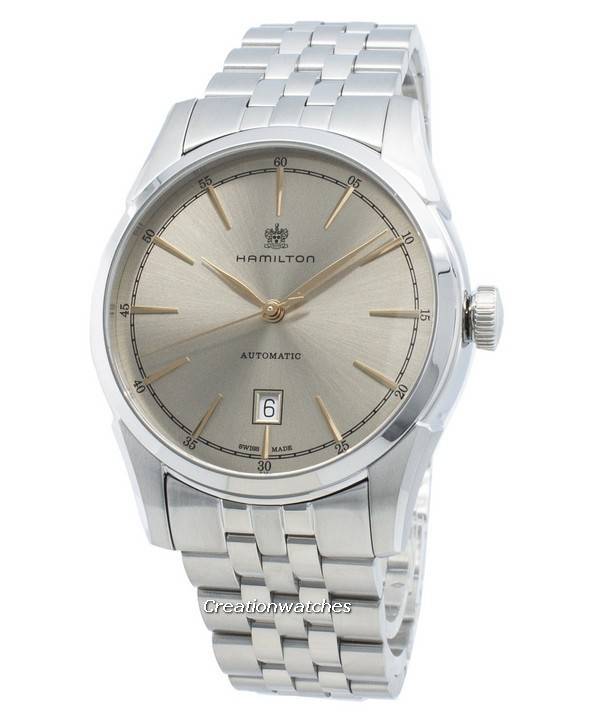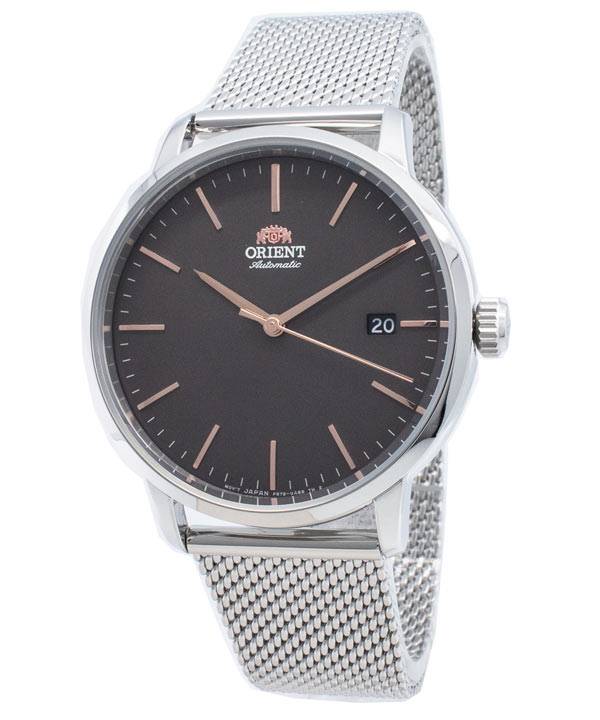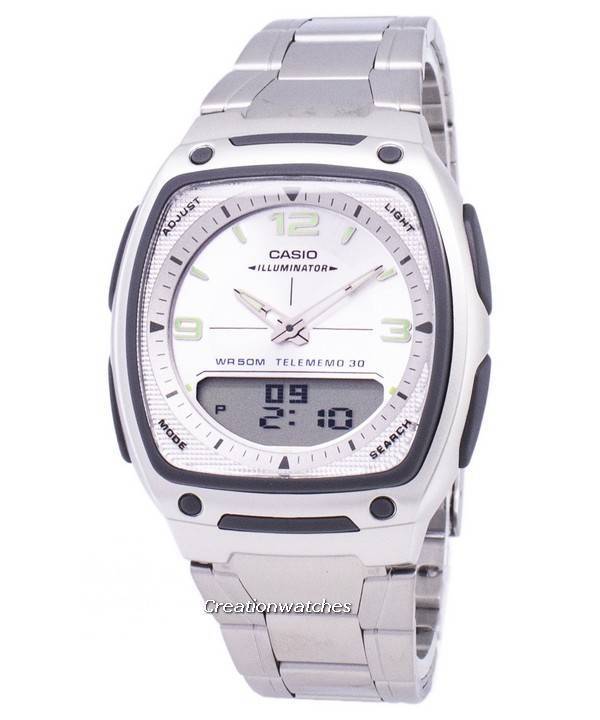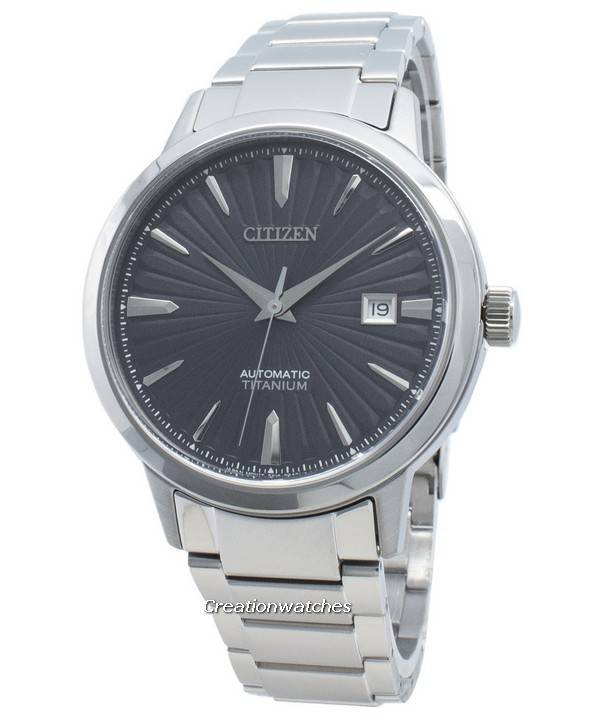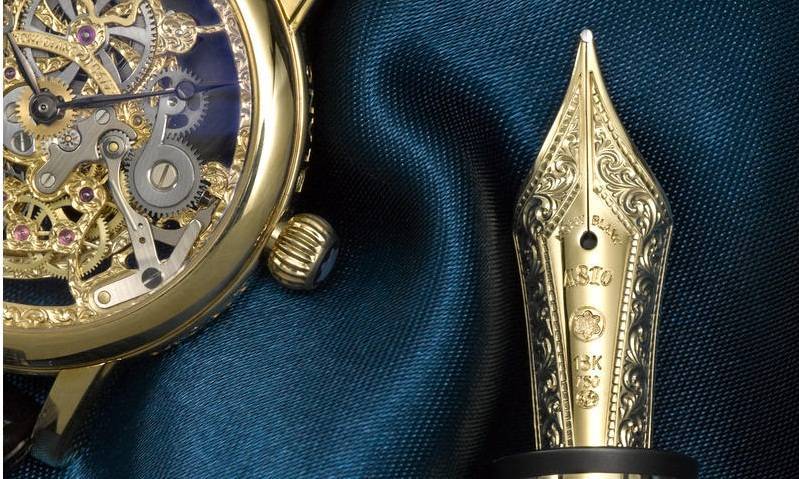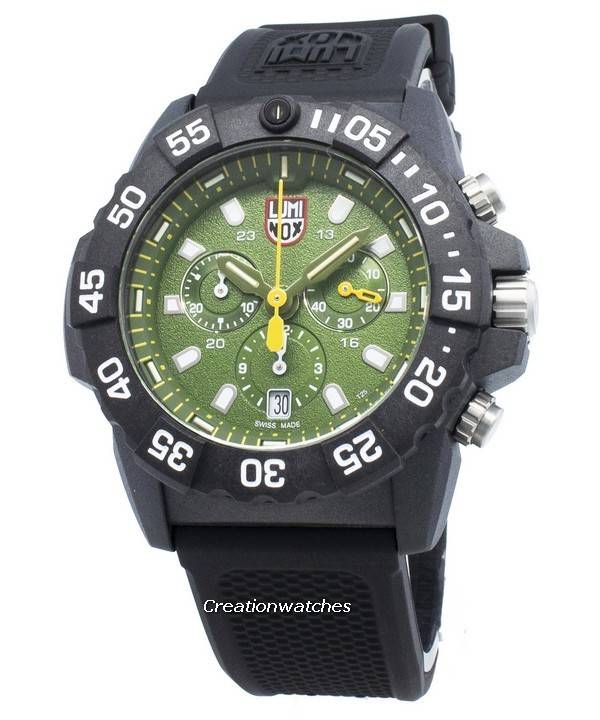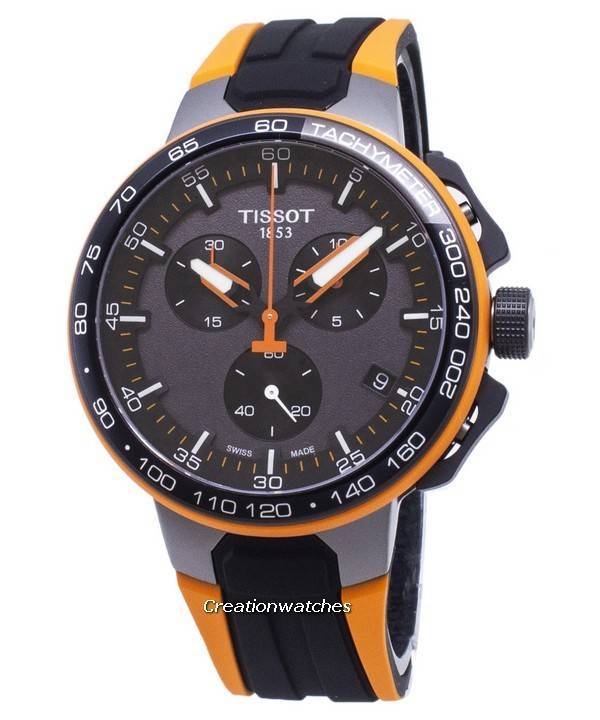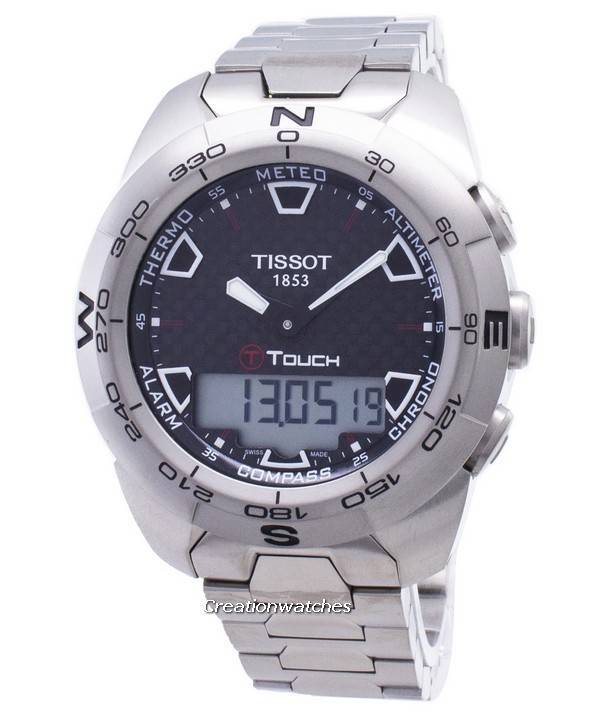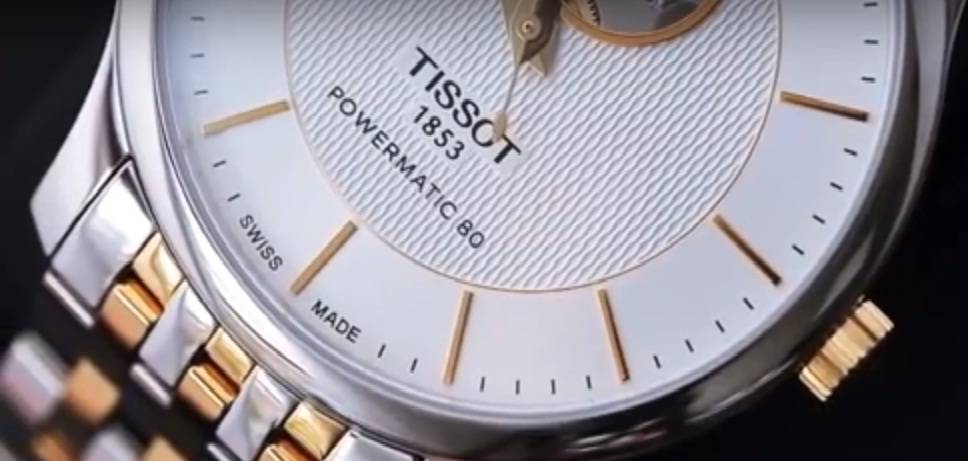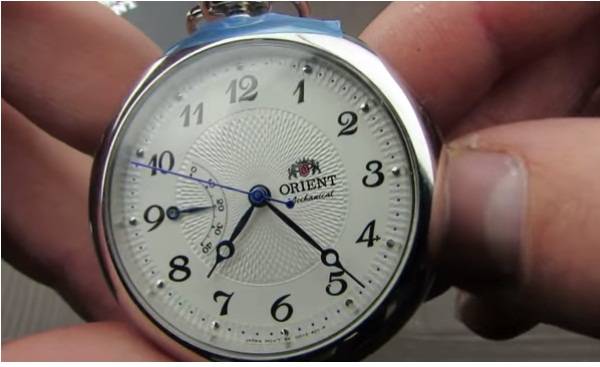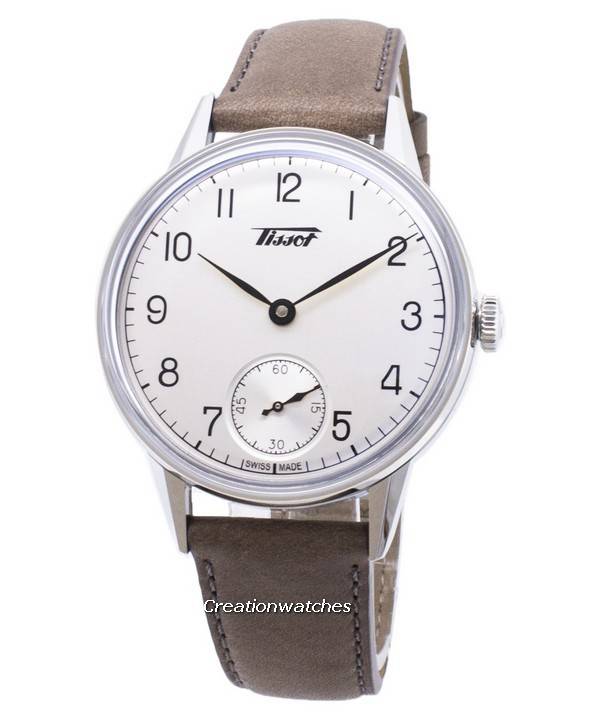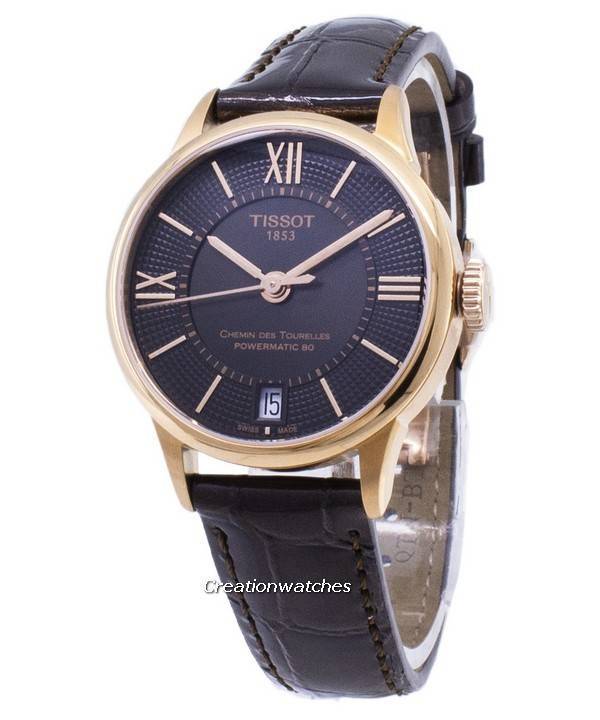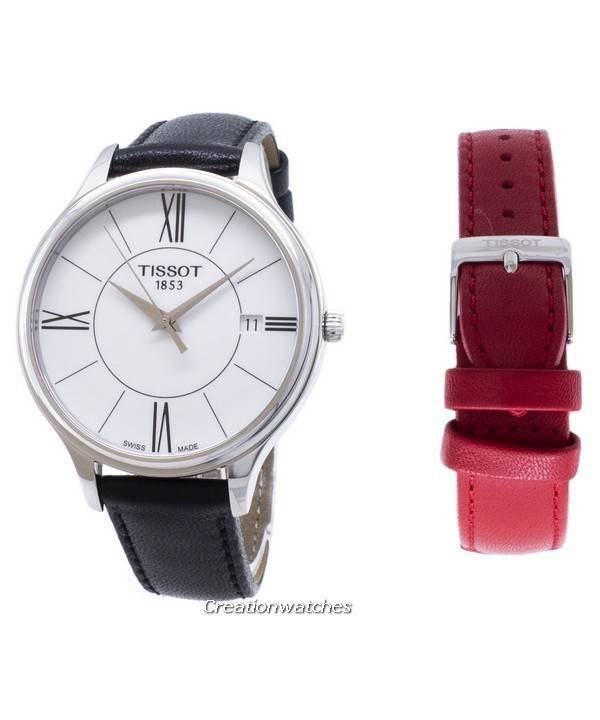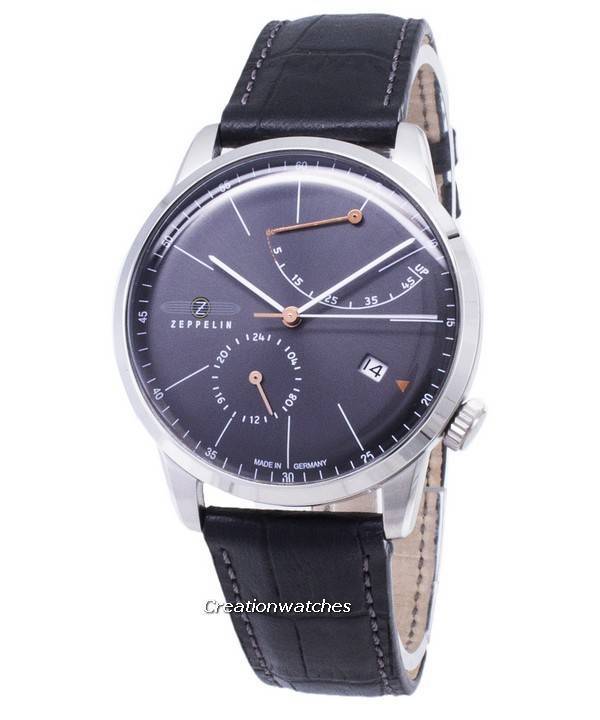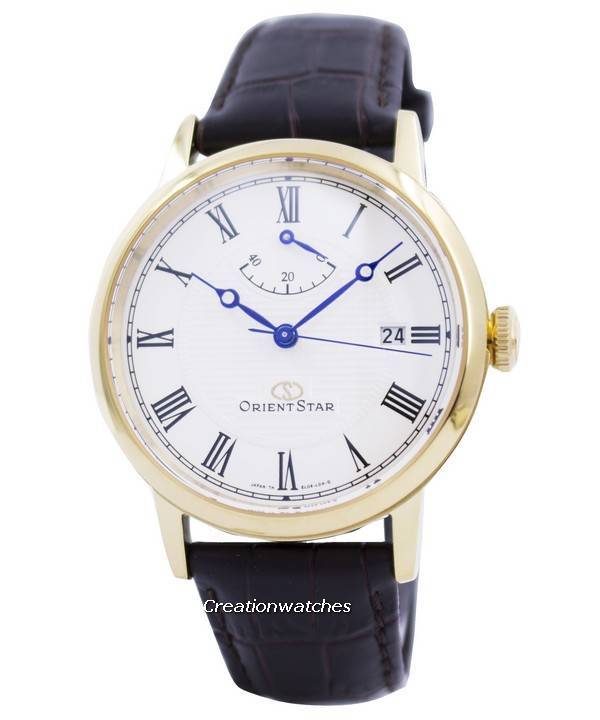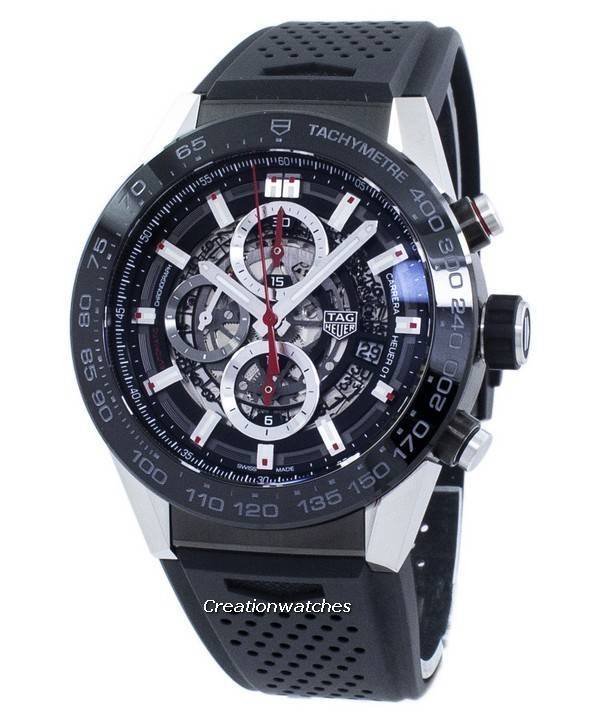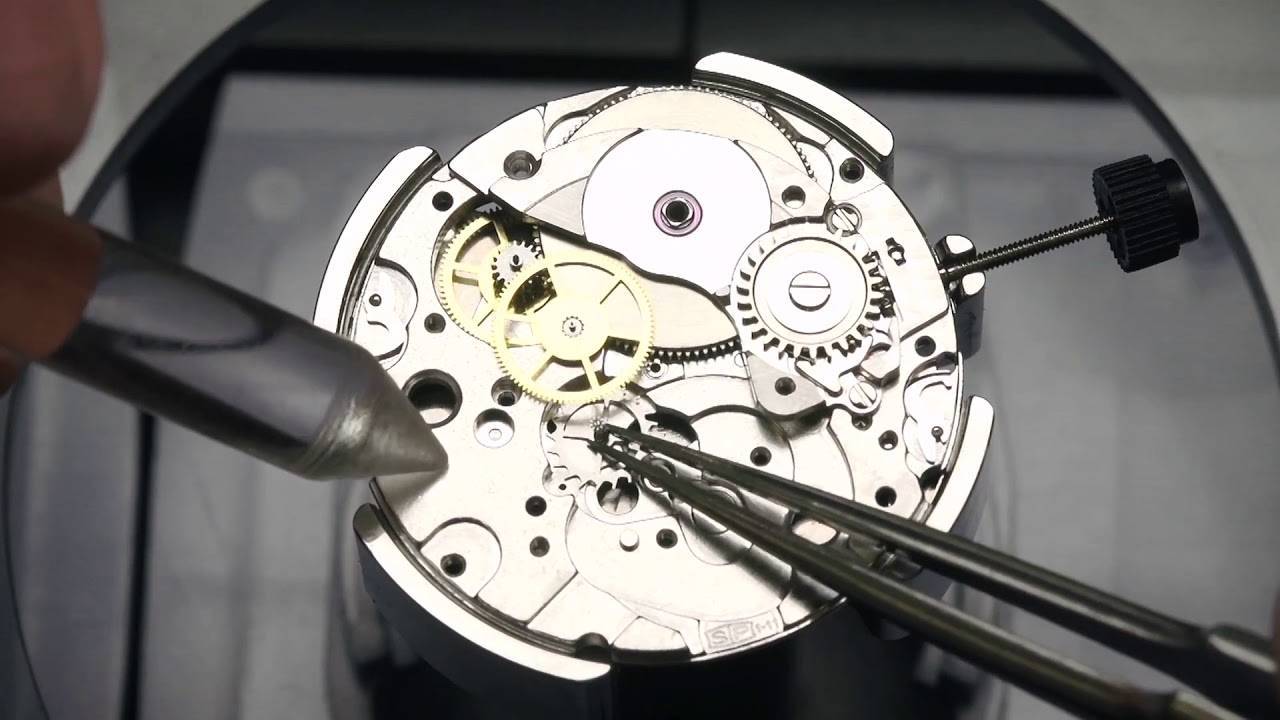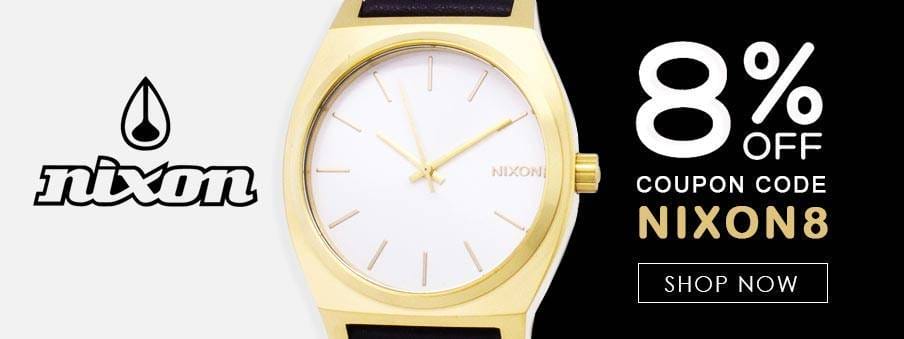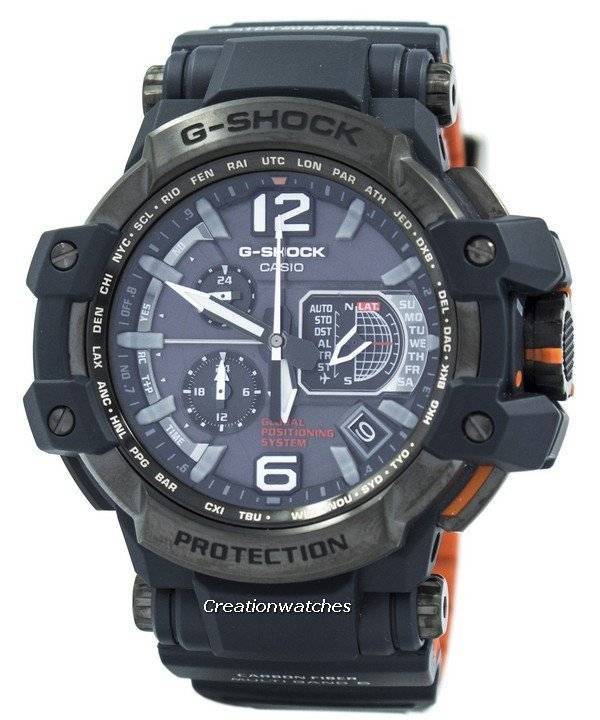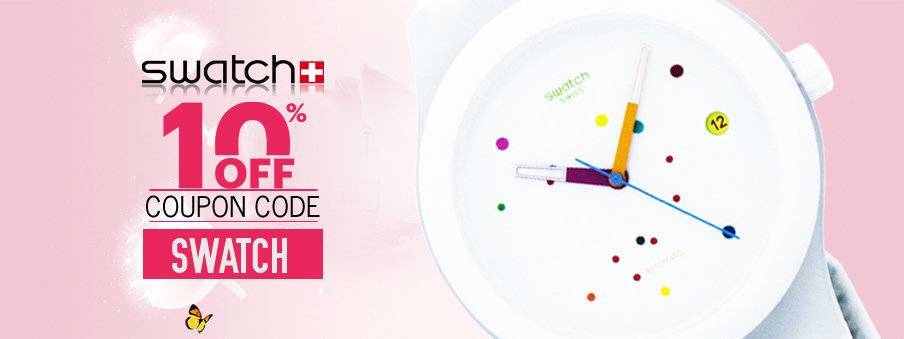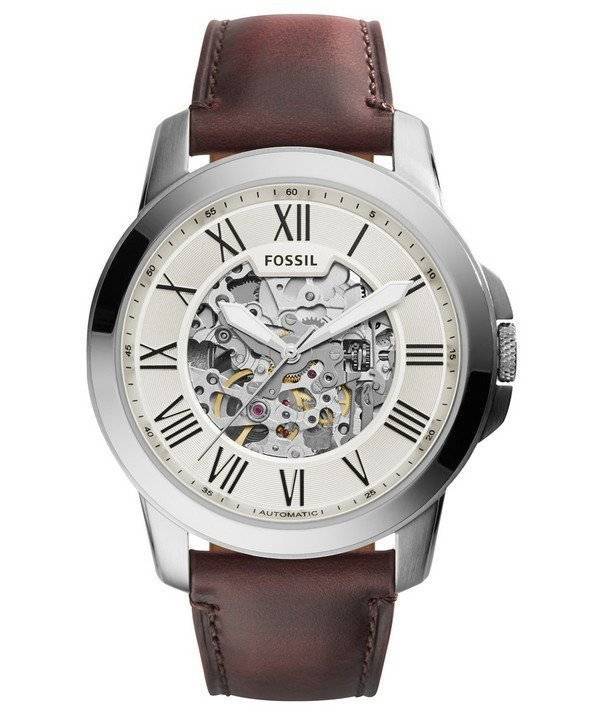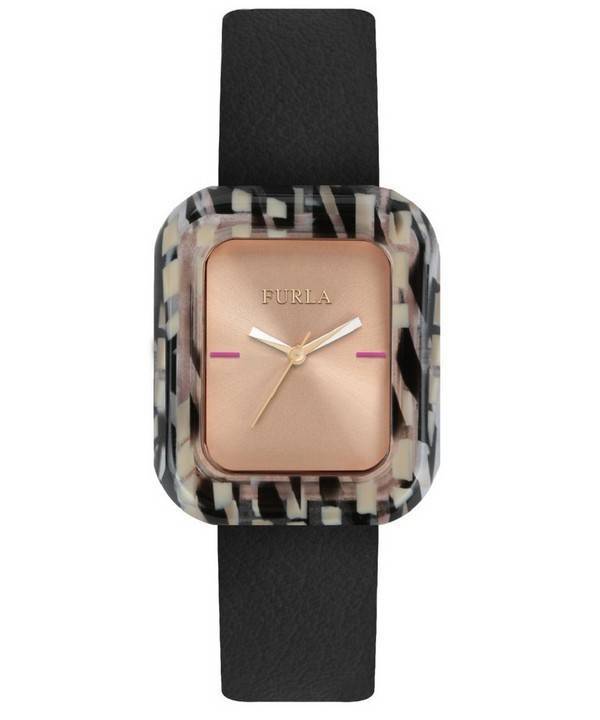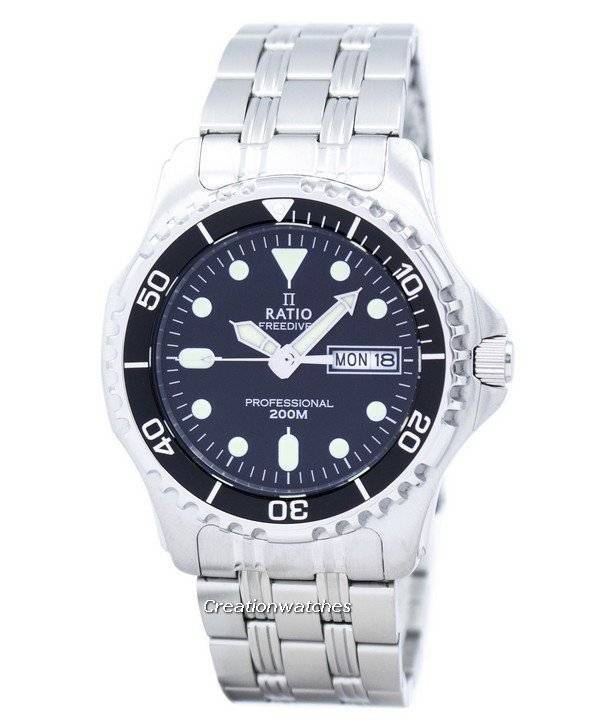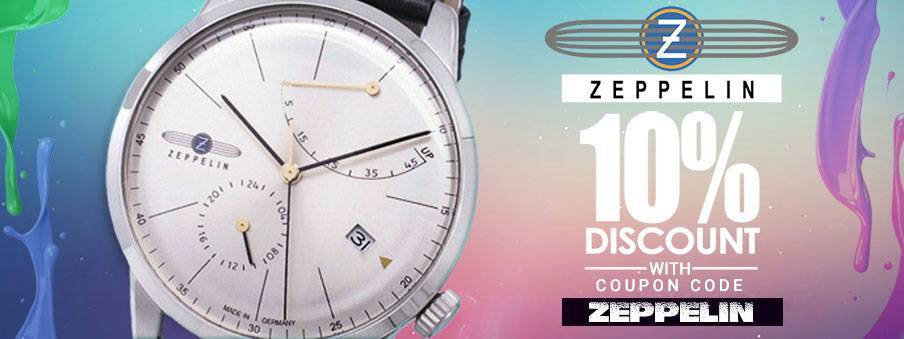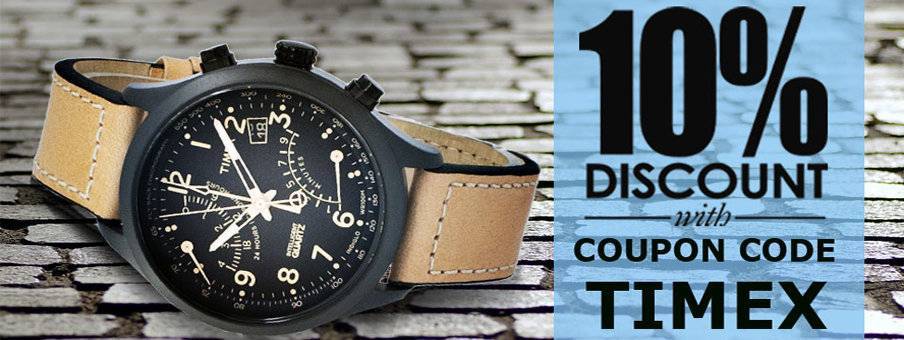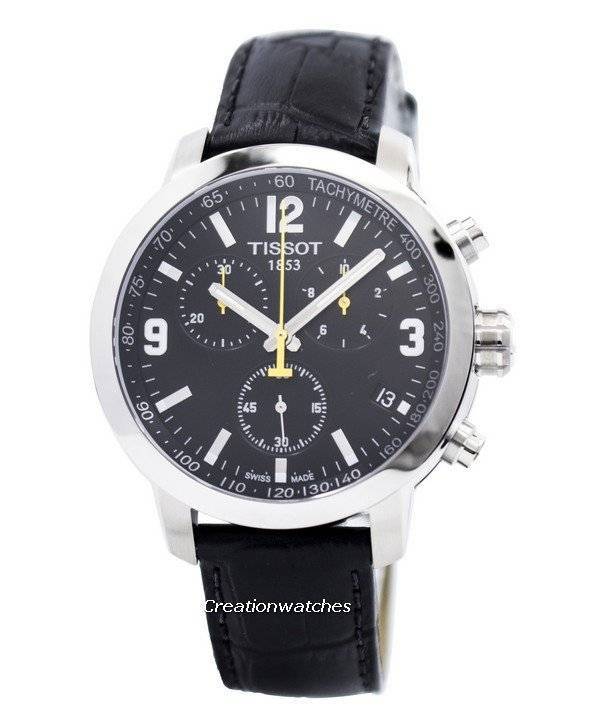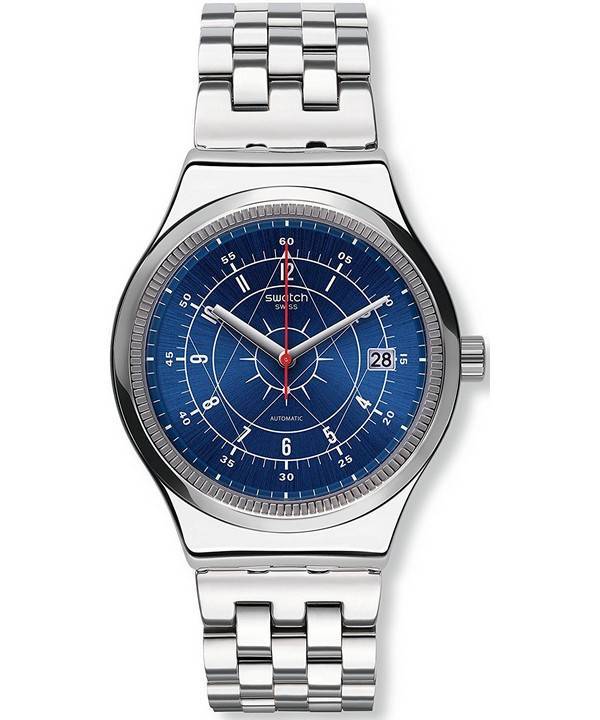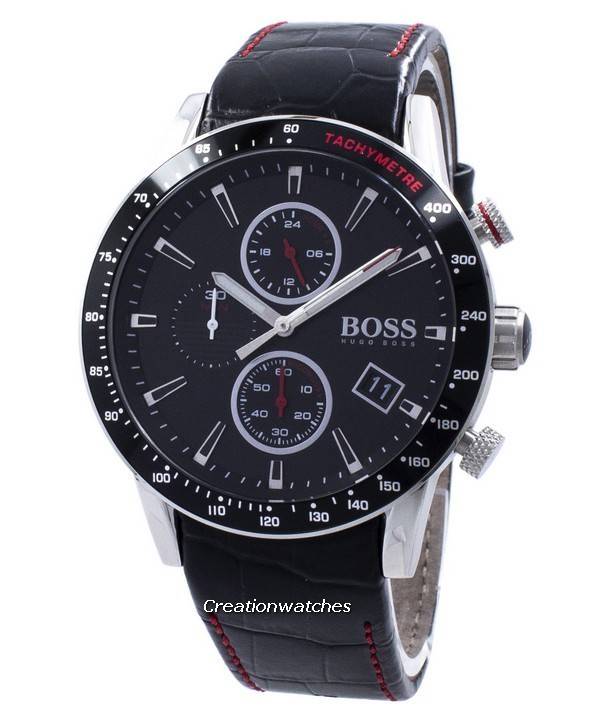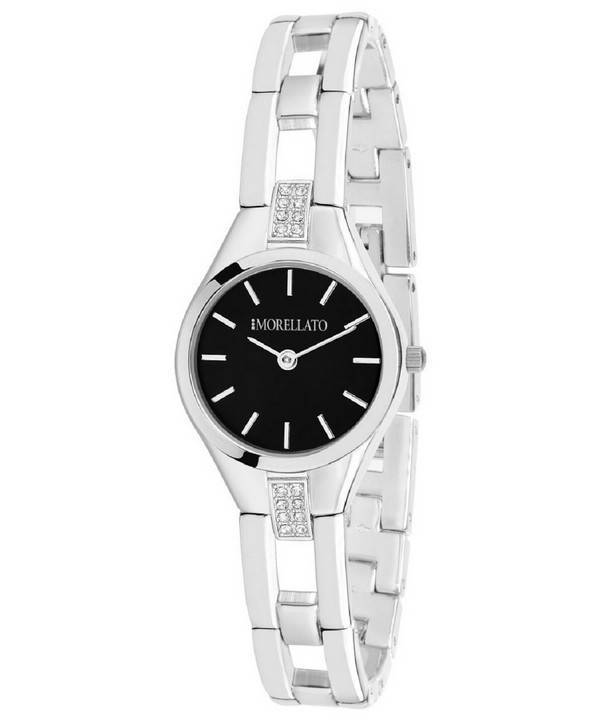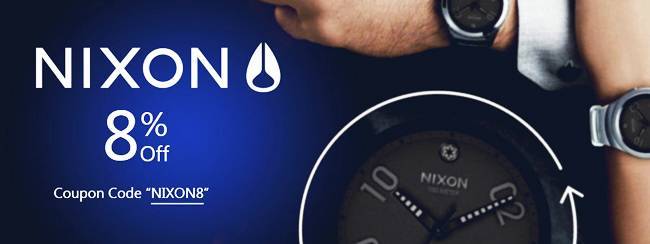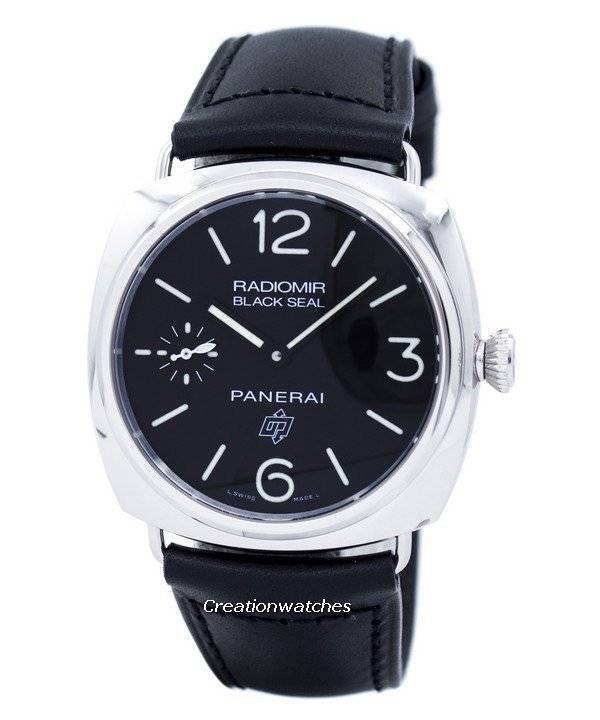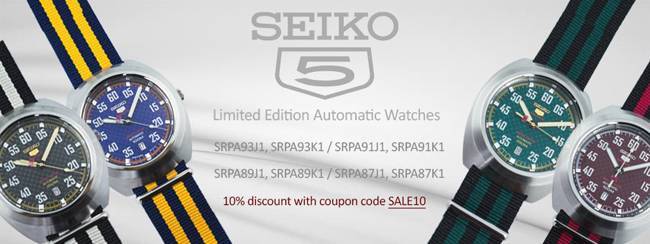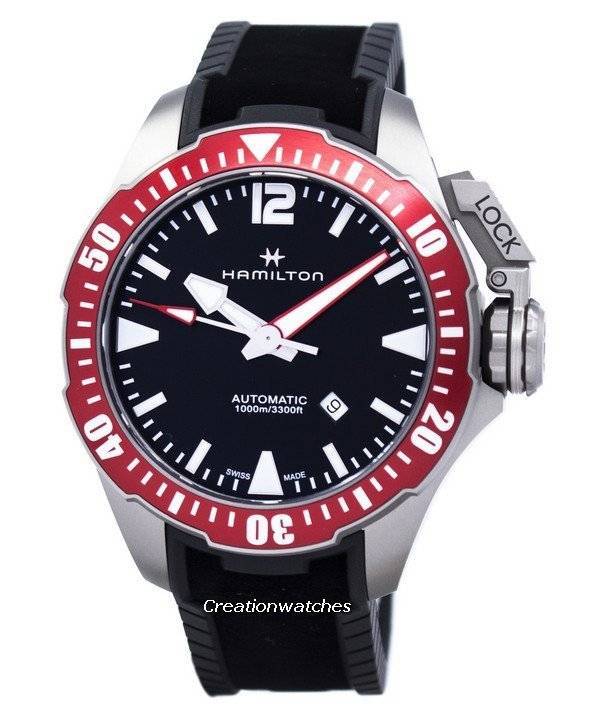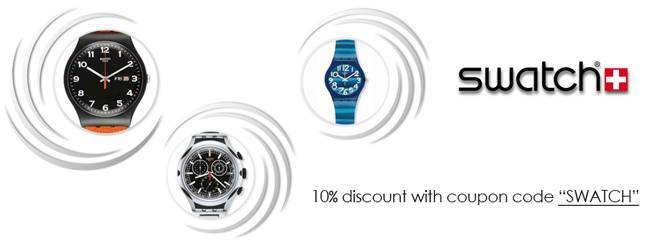
- August 20, 2021
- Watch Gonzo
- 0
Mechanical masterpieces are a very sophisticated way to tell time. It’s a realization that returned with a view of the Powermatic Silicium. Any day I’d go for it as a daily wear for any workplace where smart casuals and business formals are normal but not double-breasted or 3-piece suits. This isn’t a watch I’ll be wearing at a fine dinner but rather on an official lunch.
Double-breasted or 3-piece suits ask for the pocket watch – especially, the 3-piece suits! The DB gels well with wristwatches that might more or less resemble an American Classic Boulton (one more here for them into the darker sides of blue, grey and black) but pocket watches are the best to go with a 3-piece suit! Traditionally, pocket watches were almost always worn with waistcoats; however, with waistcoats being no more a part of everyday attire nowadays, the best occasions for wearing a pocket watch is at weddings or similar other formal occasions.
The fallacy here is, it’s also cool enough to go with white shirts and jeans; clinging to the belt and tucked in at the side of one of the front pockets. Or, in the watch pocket; provided it’s big enough to accommodate! Both ways, you get to carry around an old piece of charm, bearing imprints from the fascinating tradition of horology. It beacons a signal of taste and class and the beacon has been long-standing; since the heydays of the early 20th century. They’re far from any outdated, antique-styled artifact and still endure as emblems of prestige. They’re intriguing as mechanical masterpieces that had once ruled men’s fashion.
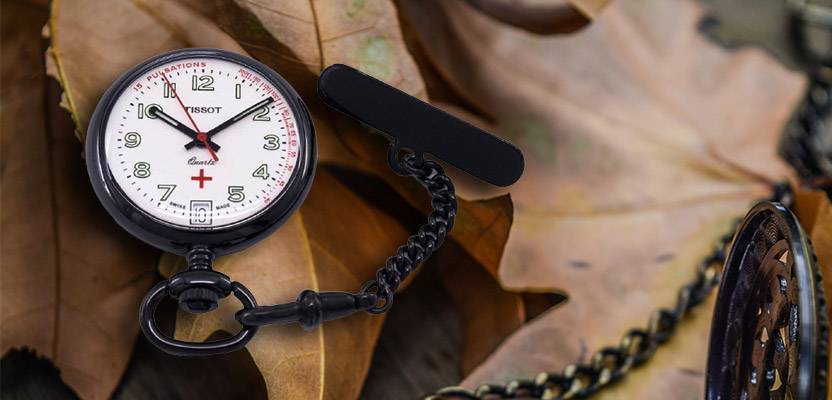
Delving into the world of pocket watches isn’t easy. There had been so many of them; some of them now at prices that’d fetch you a sports luxury car and certainly; that is not for the faint of heart. The options run wild; so does complex technology and functional complications. They are wrapped around brilliantly and differently in individual timepieces, offering enough inspiration to serve as a collective springboard of budget-friendly luxury pocket pieces. Flavors range from vintage and retro to modern and minimalist, often intermingling to such excellence so as to become treasured as family heirlooms from a brand new timepiece, in the long run.
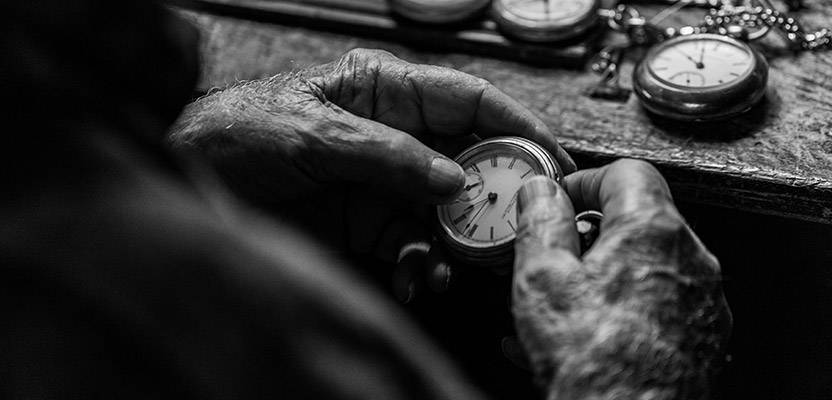
The traditional way to wear a pocket watch or the classic method requires placing the watch in your waistcoat pocket, with the chain passed through a button-hole. The fob or the end of the chain tucks into the other waistcoat pocket. Variations to this technique are quite a few, depending upon your clothing and the chain of the watch, which greatly impacts the way the watch is attached to the clothes and worn. To choose such an alternate way to wear a pocket watch, an understanding of a packet watch’s anatomy is must.
Apart from the main watch, there are the:
- Chain: The name says it all. It’s the connector between the watch and the fob. It can be a simple or an ornamental one.
- Fob: This isn’t an acronym; rather, it’s the name for the small, ornamental piece that stays at the end of the chain and works as a clip to ensure the watch doesn’t drop to the ground if it slips out of your pocket or your hand. Extremely ornate ones, as they were during the Victorian period or can be very simple. They make it easier to pull the watch out of a pocket.
- Attachment: It replaced the fob greatly during the modern times and comes in the form of a T-bar, a belt-ring or a clip. It helps to hold the pocket watch in place. The belt ring attaches to a trouser belt loop and should be used with modern, casual clothing and not the traditional ones.
- Single Albert: This is a single chain that attaches to the vest/waistcoat over the outside of the outfit.
- Double Albert: The chain attaches to the waistcoat or vest by the middle with aid with a T-bar while the end of the chain stays in a separate pocket. Appears very elaborate and elegant.

Pocket watches come in a variety of shapes styles and designs; from elegantly classy vintage analog dials to those with digital, interchangeable interfaces. But with pocket watches, the image that immediately springs up in mind is that of a gold tone, a white dial, Breguet-hands, Roman numerals and perhaps, a small, separate seconds’ counter; however in reality, you must consider the color of the apparel you are going to don.
Choose your pocket watch according to the guideline presented below.
- Materials: A variety of different metals is used to create pocket watches, most commonly stainless steel – with or without or gold plating or in some other finishes. For shades in brown, gold is the most appropriate; for grays, blues and whites, silver and gun-metal is the best. Gold or silver, both go well with black.
- Style: It is up to your sole discretion till what extent you want the watch face to be exposed. It can be open (no cover over the watch face); or, enclosed by a metal cover (hunter); partially enclosed i.e. glass window on the metal cover (half-hunter)and the double-huntere. covered on both the front and the back but can be opened. Wear a costume piece with an open watch that hangs from your outfit and allows it to be seen but with a traditional three-piece suit, the hunter would go better. For double-breasted suits, a hunter or a double-hunter would go the best.
- Dial color: Choose a white dial to go with traditional wear but for your jeans and cargos, choose just anything.
You may wear a pocket watch in different ways, depending upon your outfit or your personal preference. But, to which pocket should your watch go in?
For the right-handed, the watch should go into the left pocket and to the right if you are left-handed; which means, it can be drawn out without engaging your dominant hand.
Which pocket should your watch go into? Now, that’s another vast subject that needs to be covered some other time.
———————————————————————————————————————————-
Drop a reply stating how you would like to wear your watch and which brand you’d pefer most while selecting a pocket watch.













